EUinMyRegion Train Trip - People. Projects. Places
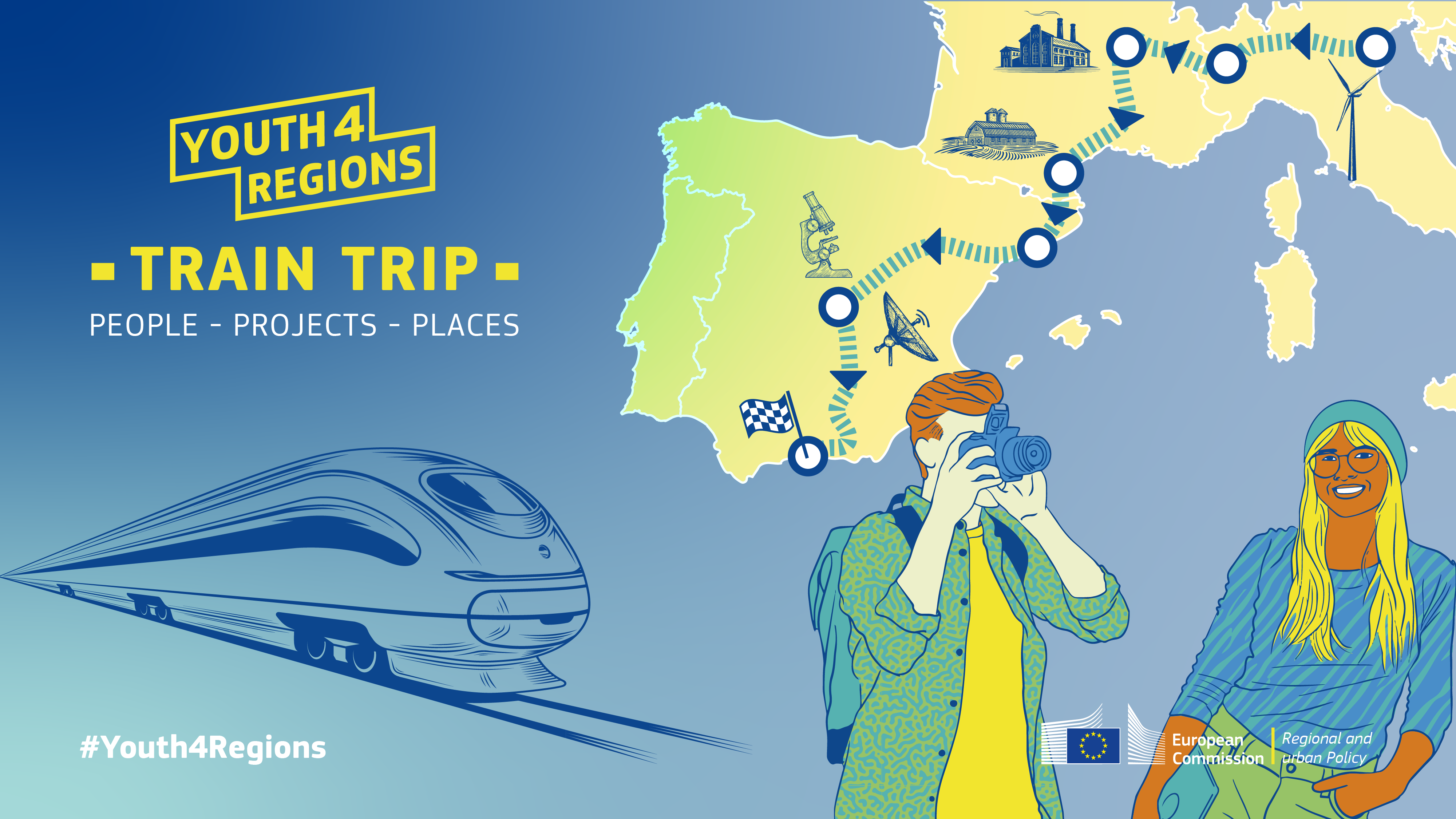
Travel diary of the Youth4Regions Train Trip 2024
I will tell you a story. Are you ready to hear how three women from very different backgrounds traveled across Europe by train? How did we manage with our little victories and defeats? The misadventure with the suitcases and the vow never to pack them that big again (vows we'll never keep); the counting of the steps and the cleaning up of the rubbish one of us got spilled on her on the quiet streets of Perpignan; the trains we missed; trains we managed not to miss, but thanks more to God's grace than to our punctuality; the passionate flamenco and Antonio Banderas, who makes an unexpected appearance in this story; and also about... pizza? Pizza, pizza, Mamma Mia! Only paella and palm trees get more compliments than pizza here. And, of course, the wonderful people and the EU-funded projects we met on the roads of southern Europe.
So are you ready to dive into our story? I hope you are. Because the tale is about to begin.
The train journey from Lviv to Warsaw is divided into two parts. The first is on a Ukrainian Intercity train with sockets, air conditioning, and a sense of self-worth.
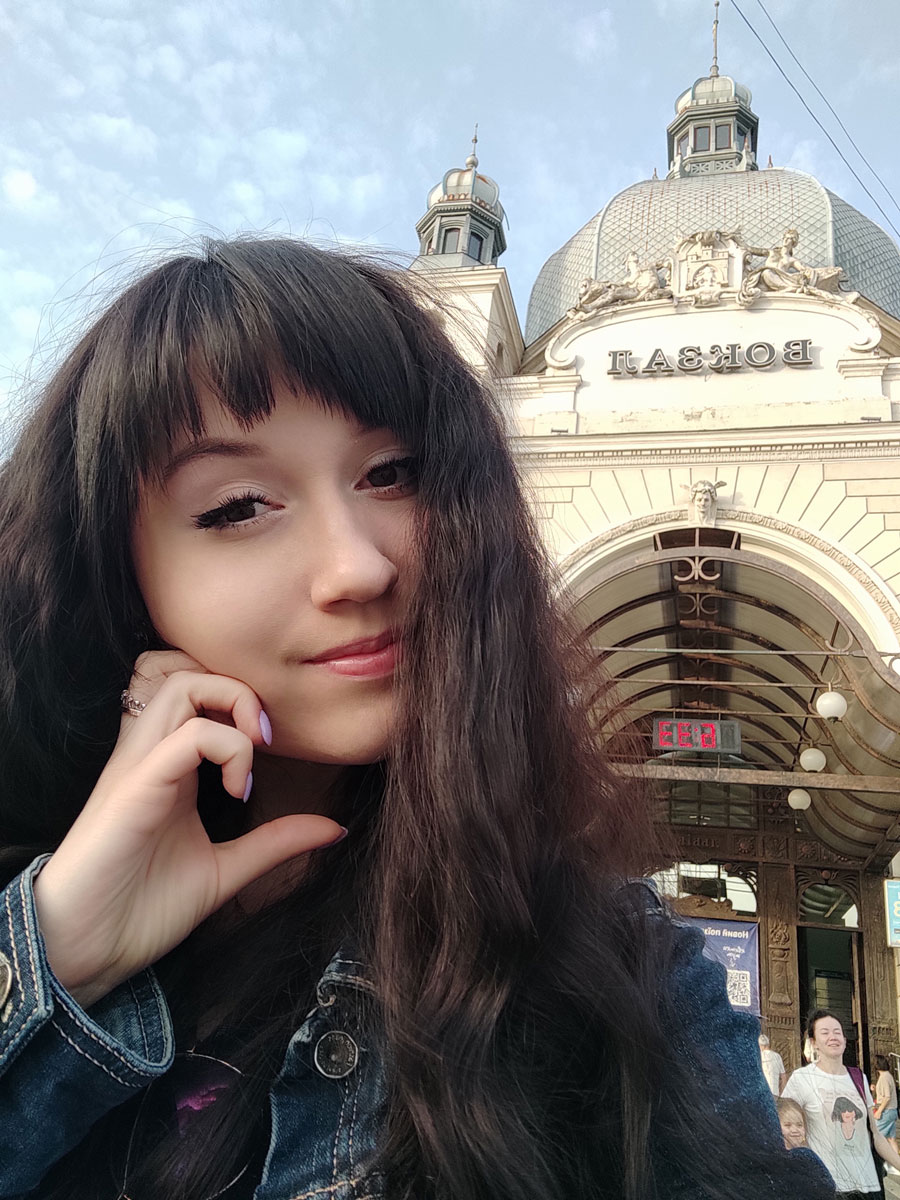
The second is on an old Polish train with none of the above.
To get to the EU, I had to cross from Ukraine to Warsaw. I say "cross" because I was writing this in a stuffy coach with no air conditioning. There was one toilet for all 3 coaches – an angry queue snaked around it, hissing and throwing sparks. The border check took 3 hours – and we had to wait another 3 hours for the fallen trees from the last storm to be cleared from our road. There was no water in the coach – the friendly conductors sold a few bottles from their supplies.
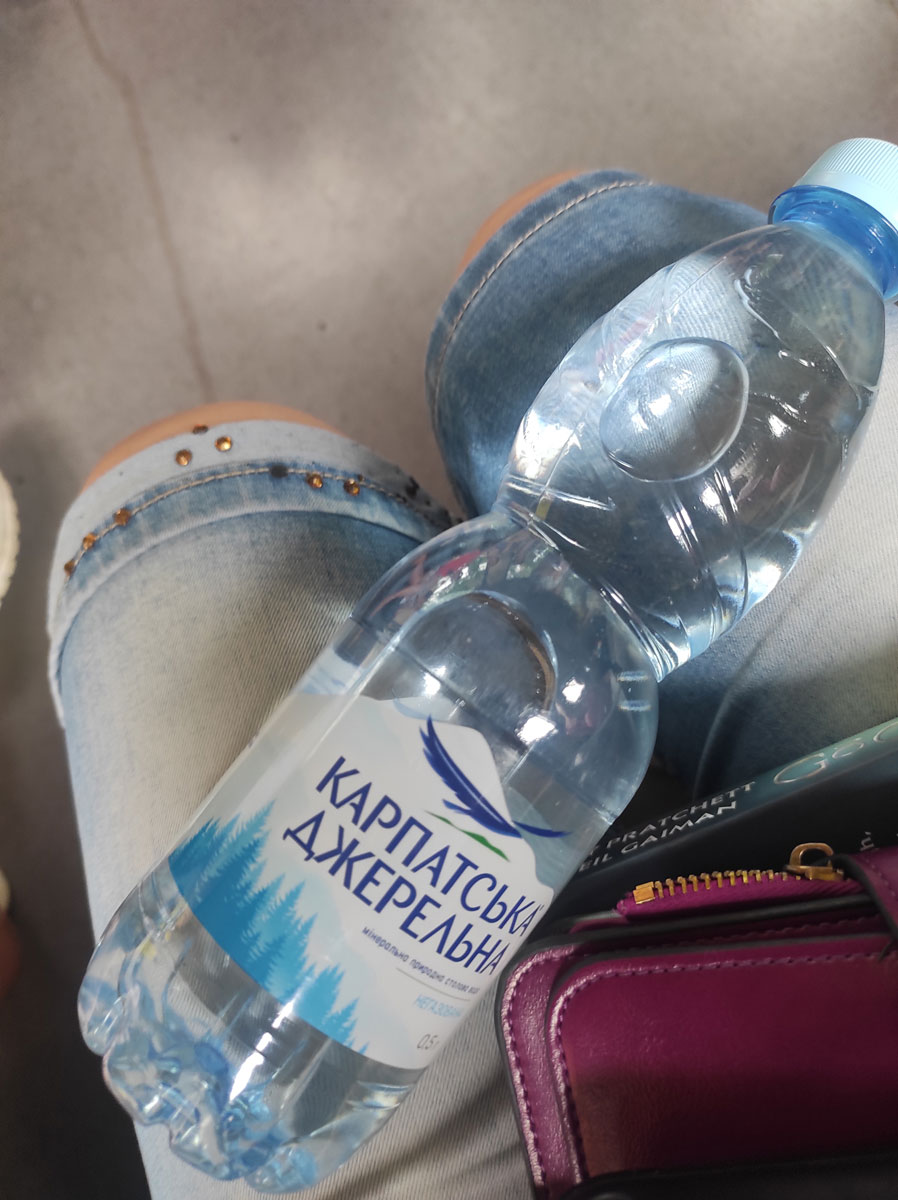
The heat crawled under my skin like a wet snake.
I was a few hours late for Warsaw, but it was not that I was late – it's that the train from the Ukraine to Warsaw was meant to look somehow different. But I will have understood it better in the following two weeks when I compared it with other European trains.
If cities were a literary genre, Venice would be poetry. The canals are arteries that crisscross the city on the water – the churches, of which there are more than 150 in the city of St Mark, rise above the water like a mirage. Bridges with openwork arches connect the streets. Tourists flood Venice.
There are three of us here, the finalists and winners of the Megalizzi-Niedzilski Prize:
- Malia Kounkou – French journalist specialized in pop and cybercultures, currently working for "Urbania" in Canada;
- Sara Facko, a former radio journalist, currently an English teacher and owner of a beauty salon in Croatia;
- I, Alyona Martyniuk, a journalist for the media of the military "Character", trying to cover all the aspects of the military experience (from mobilization to possible prosthetics and adaptation to civilian society).
And we are in Venice. A city of museums, a city of boats, a city of carnival masks.
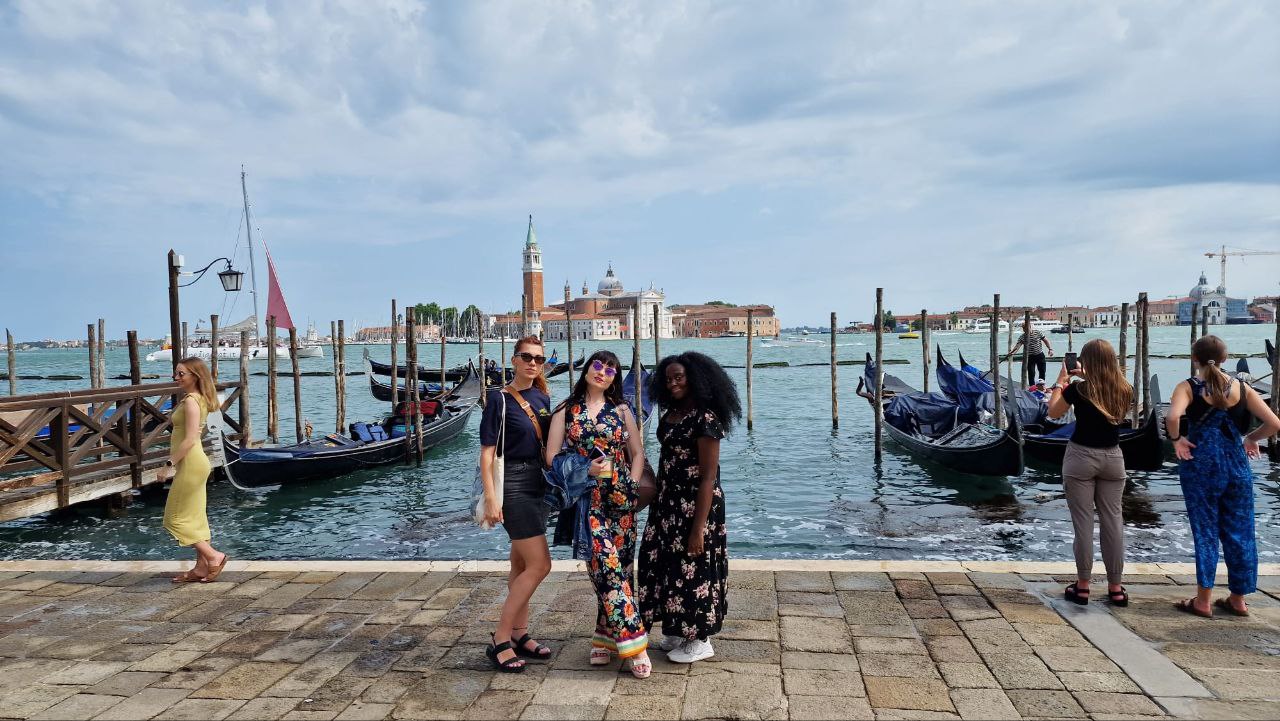
Here we visited Fablab Venice – an EU-funded laboratory for Digital Fabrication & Social Innovation. At Fablab, we were surrounded by 3D models of Venetian architecture and even shown how to make a building material out of goat's hair, clay, and cement. This is how Fablab is trying to reduce the negative impact of construction on the environment – by creating more ecological solutions for the construction industry. Also, with 3D glasses on, Malia and I saw an ancient Italian cathedral in VR technology - the idea for this form of heritage preservation came after the COVID-19 pandemic.
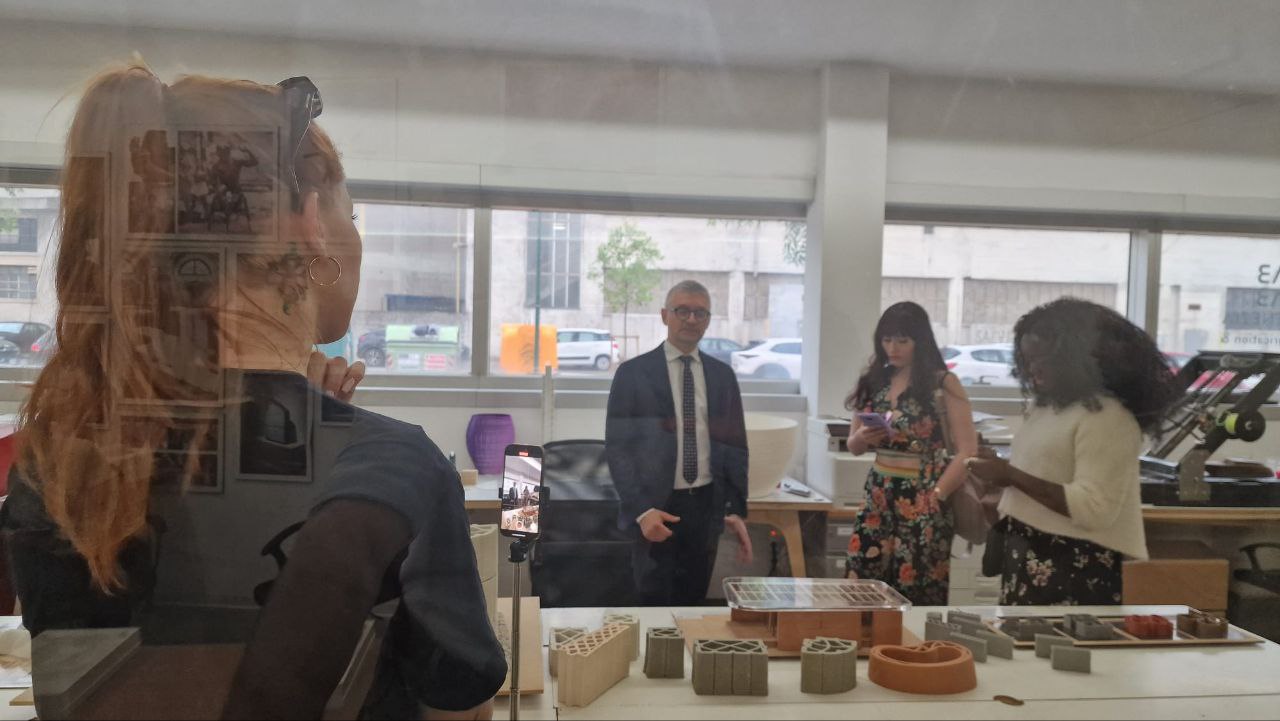
Later, we met Italian Youth4Regions alumni – Sofia and Clara, who showed us around Venice. We learned from them that one can enter most of the churches for free if you say you are going to pray (we weren't lying!) and that you can get used to the avalanches of tourists in Venice if you reach the appropriate level of Zen.

Sofia showed us a supermarket that used to be a majestic theatre. The stage behind it and the stucco moldings on the walls contrasted with the straight rows of refrigerators. Manuele, the social media manager who accompanied us in Venice, did not appreciate the architectural innovation. "Girls, this is a theatre. A theatre is not a place for Kinder Pingwi!" And it was a very Italian way of thinking.
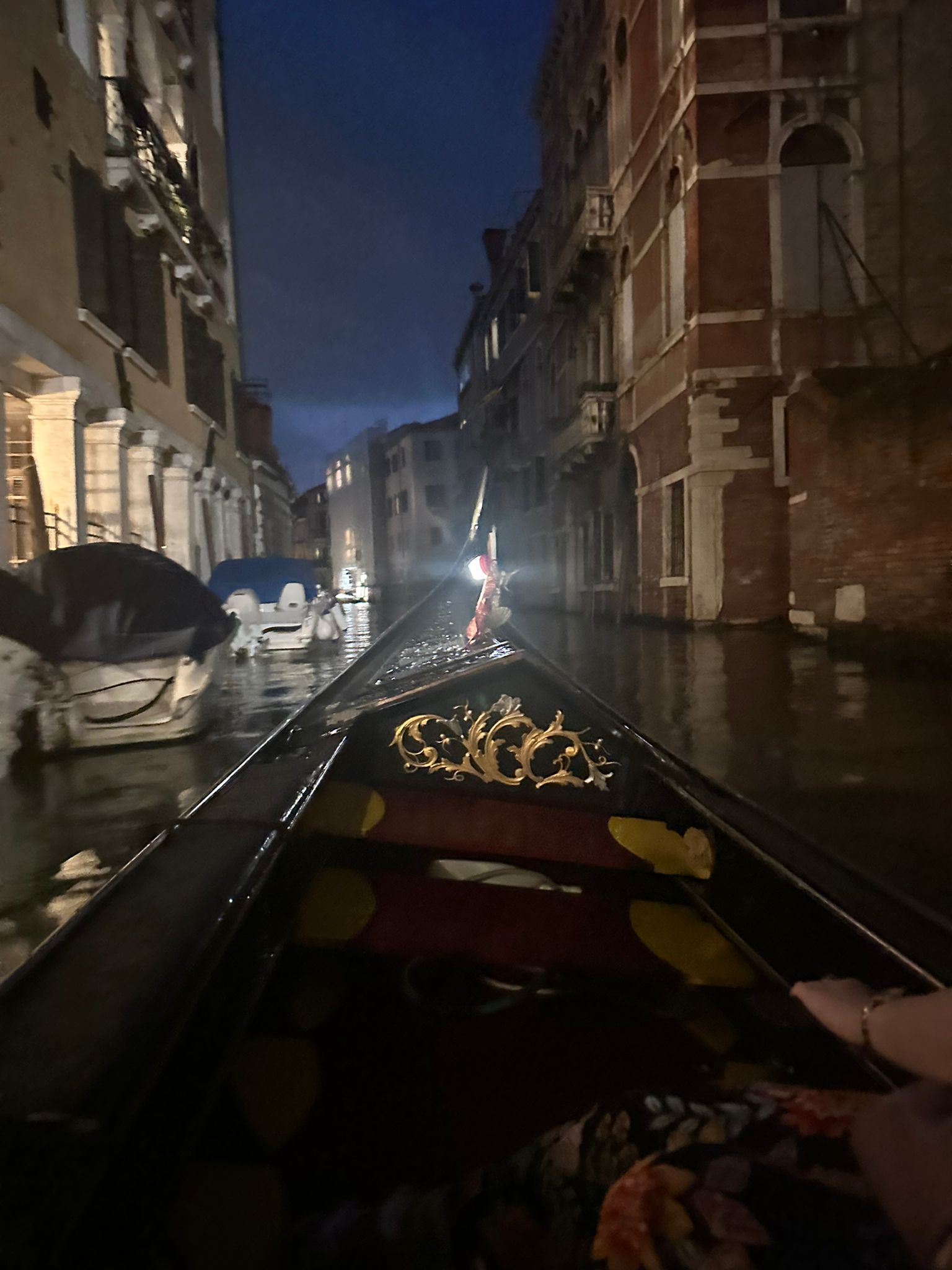
In the evening we went for a gondola ride. The glow of the lanterns was like golden lines on the dark water of the canals. The gondolier once tried to sing lazily, but his enthusiasm quickly faded. On the contrary, Italian football fans were not silent - when Italy drew with Croatia in the Euro 2024 football match, they shook the whole city with a proud "Forza, Italia!

We sailed under the city's bridges, silent, fascinated, amazed – Venice, you are a mirage of water and stone.
We traveled by train for the first time together, from Venice to Turin. European trains are for independent people. In Ukraine, there is a conductor near each carriage who can give you advice or explain something if you are late or confused. In the EU you have a display, a telephone, and a brain. Please use them.
The three of us packed our bags full of clothes (two weeks' holiday in Europe, let the innocent cast the first stone). The uncomfortable, luggage-unfriendly but architecturally beautiful staircases in each city reminded us that we are all responsible for our own choices in this life.
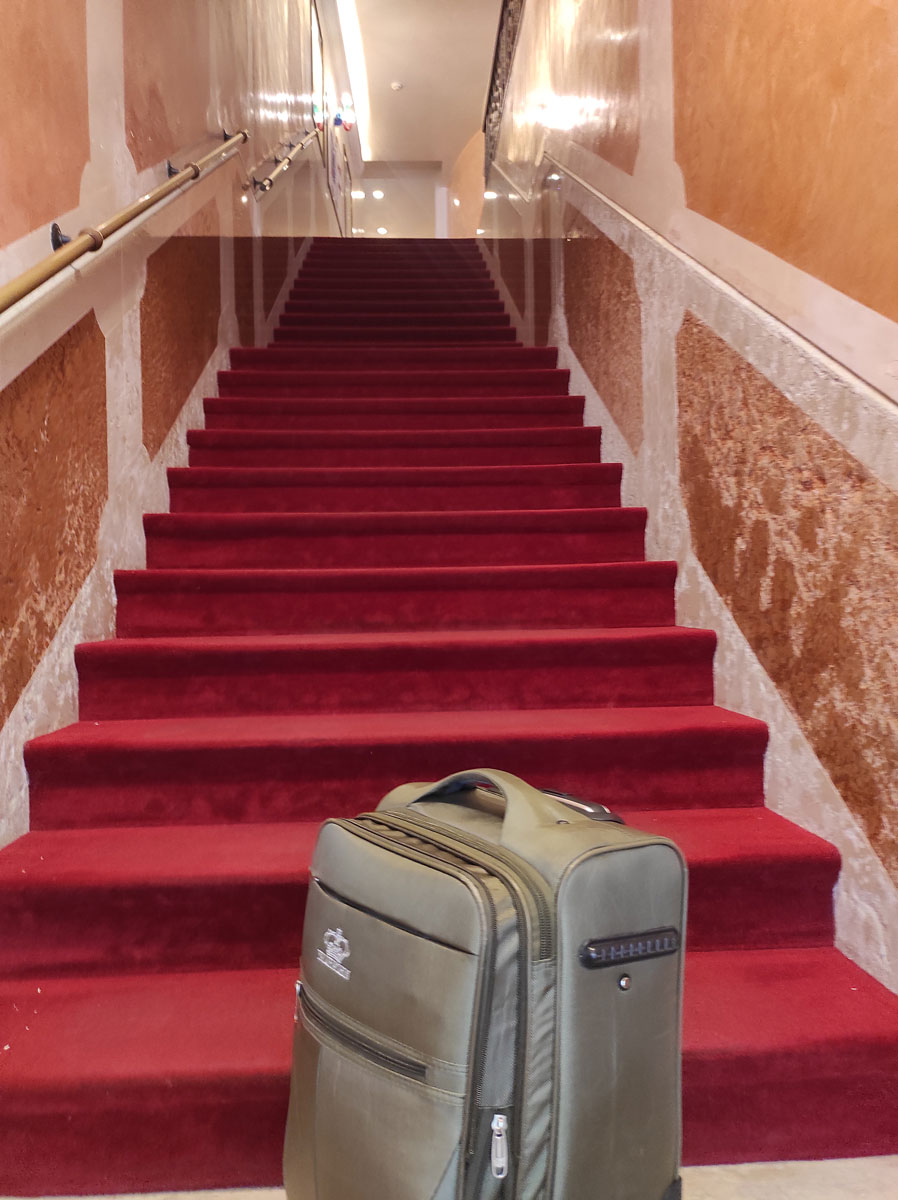

Helping each other throw suitcases onto the train shelves brought us much closer together. Pastoral Italian landscapes from the windows of the carriages were like something out of a 50s film, and we had a whole journey ahead of us.
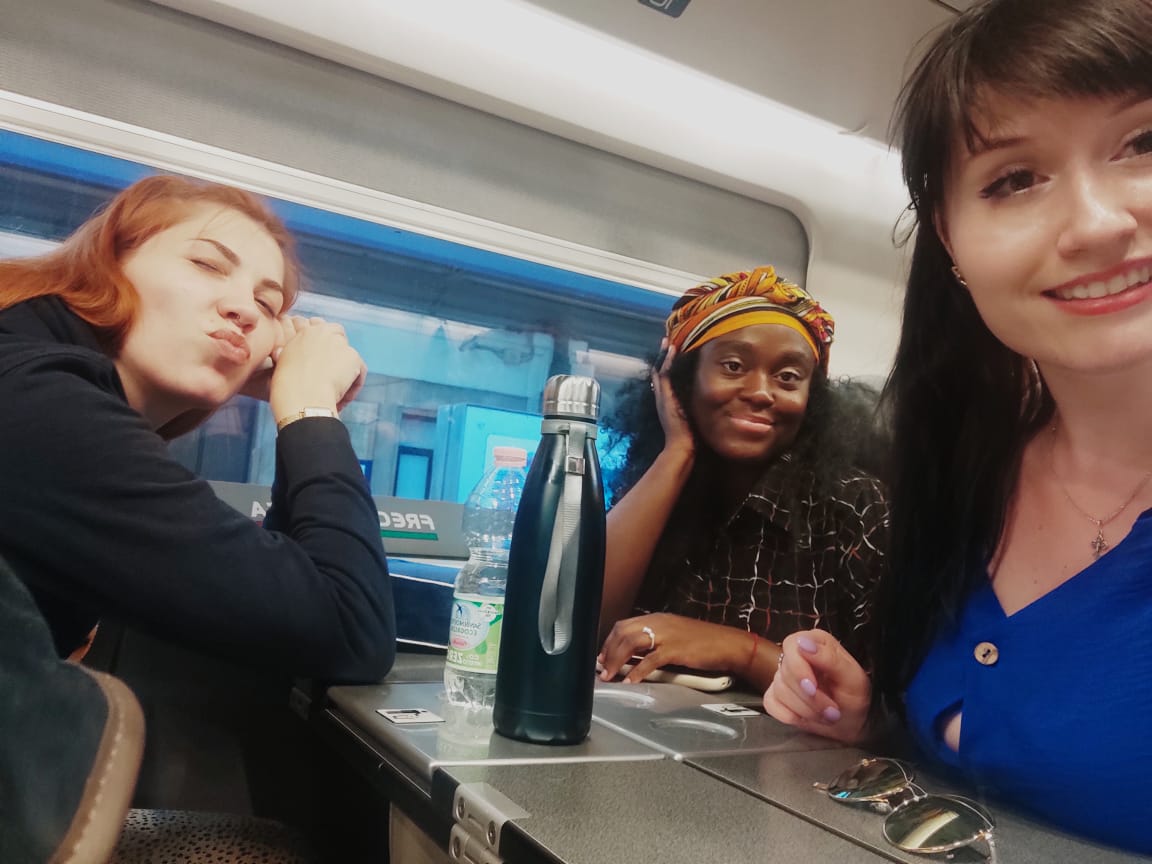
As we changed trains at Milan station, I was struck by the panels of paintings of Rome on the walls – and PIZZA, PIZZA! I have no idea what the Italians do with it or how they make it so delicious. But if you're going to Italy and trying to lose weight at the same time, trust me – it's a recipe for disaster.

The next train was to Turin.


In the morning, the smell of baking wakes us up in the hotel – the pastries were excellent here too (which reminds us again of the wisdom of not eating too much in Italy).
We visited Ex Incet, an EU-funded innovation center. The center is located in a former industrial area that was home to a major electrical cable manufacturing plant from the late 1800s until 1968.
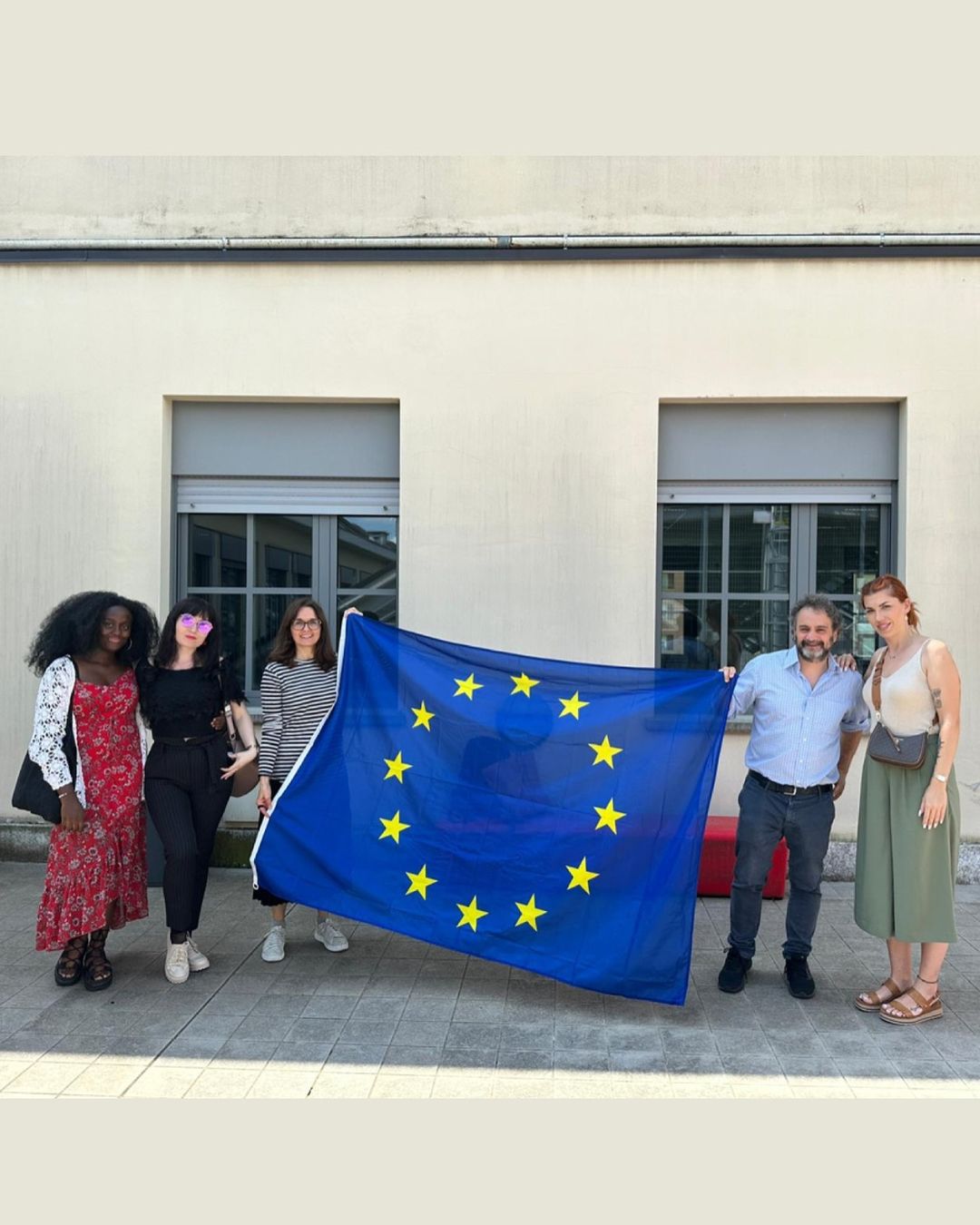
Previously, the part of Turin where the Ex Incet is located was quite depressing, with young people exposed to drugs and alcohol. With the creation of Ex Incet, students who have dropped out of school or have lost their way in life have the opportunity to seek professional advice, start their businesses, and not pay for office space while the project is just starting. Ex Incet also offers plastic recycling and woodworking workshops – and any young person can simply propose an idea and try to implement it with the center's staff.
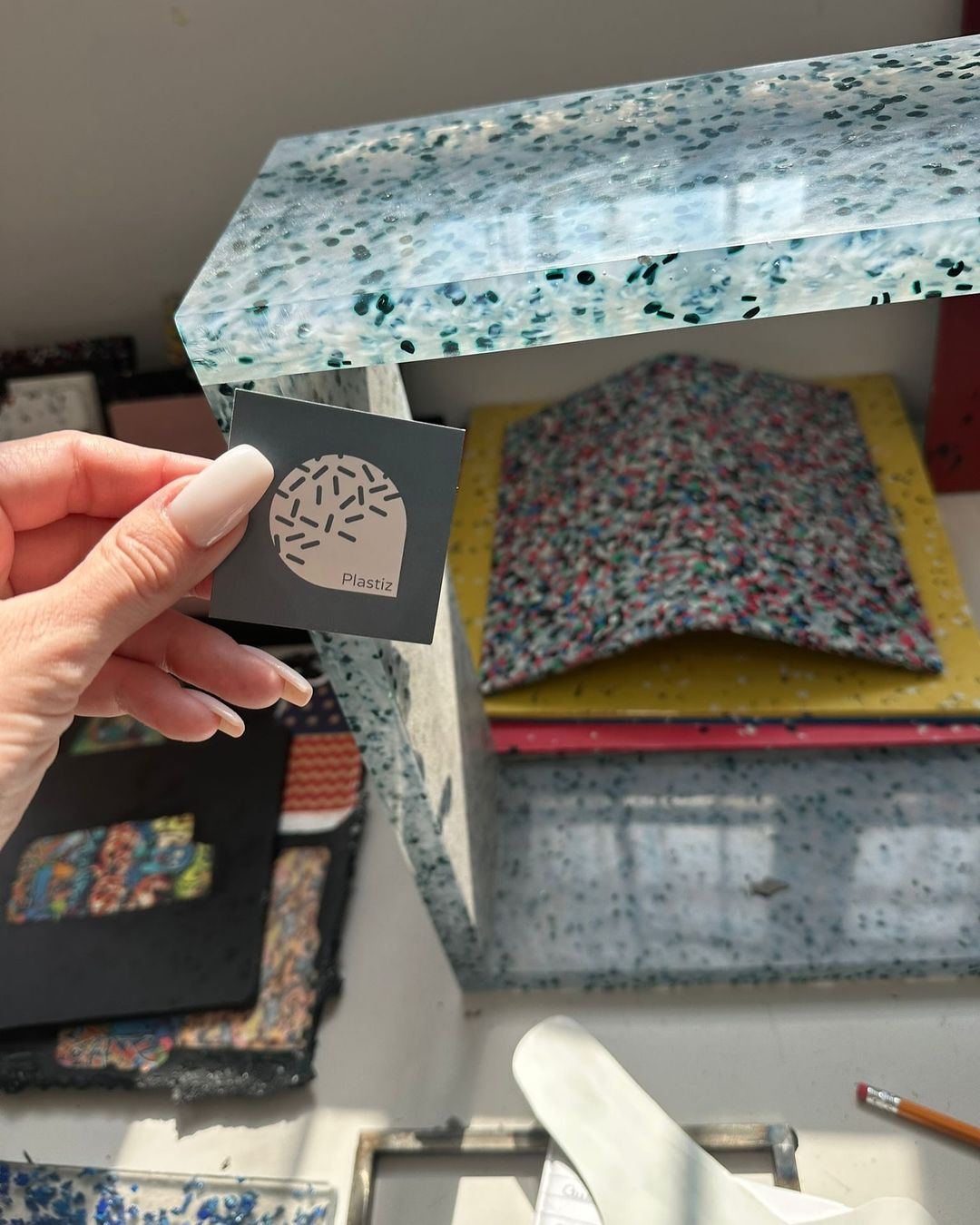
In Turin, we also met Mattia Gisola, an alumnus of the Youth4Regions program. Mattia took us through the streets of the city, near bookshops, and showed us where to buy the best chocolate in the city.
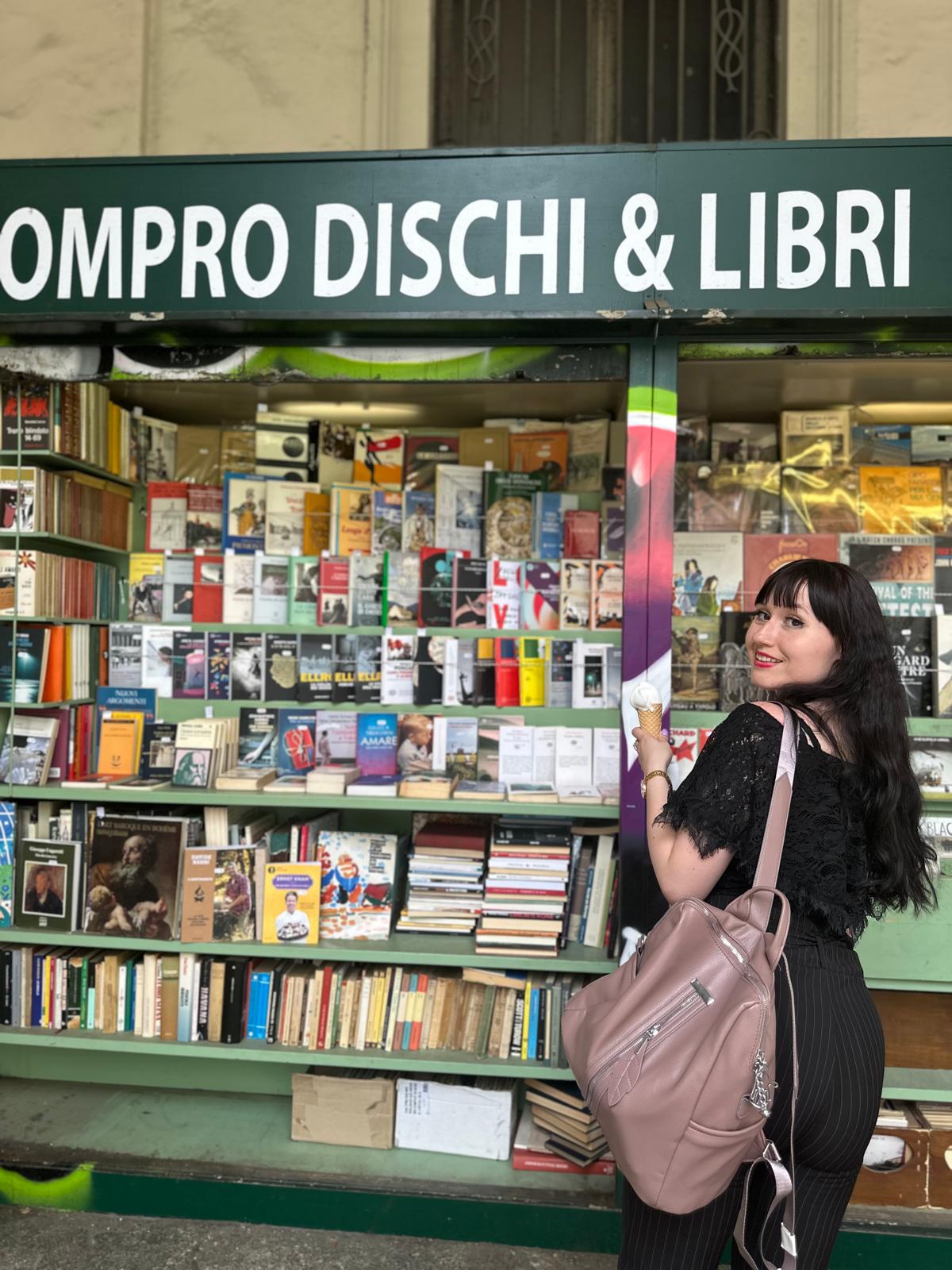
In a few days, he will be going to Slovakia for an Erasmus exchange, so we got to meet him just in time.

In the evening, the Flowers Festival awaited us – and there were no flowers, but there were famous Italian rappers. Light and smoke, sound, and the joy of the crowd worshipping their idols. Not my cup of tea, but Malia and Sarah enjoyed the music.

We got back into the Babylonian crowd, which packed the bus so tightly it was impossible to breathe. We crawled into our hotel tired – but happy. Our next stop is France. And this is where the adventures begin.
We arrived in the city by four modes of transportation – first by train to Oulx-Cesana-Claviere-Sestriere. The Alps of Italian Piedmont, seen through the windows, looked a little like scenes from The Lord of the Rings – except that in the end we were not looking for a ring, but for our bus stop.
The alpine town looked like a fairy tale – as if Hansel and Gretel were about to appear. The bus, which carried us to the middle of the mountains, revealed more and more incredible views. We stopped at a fabulously beautiful train stop, waiting for the next train for a few more hours.
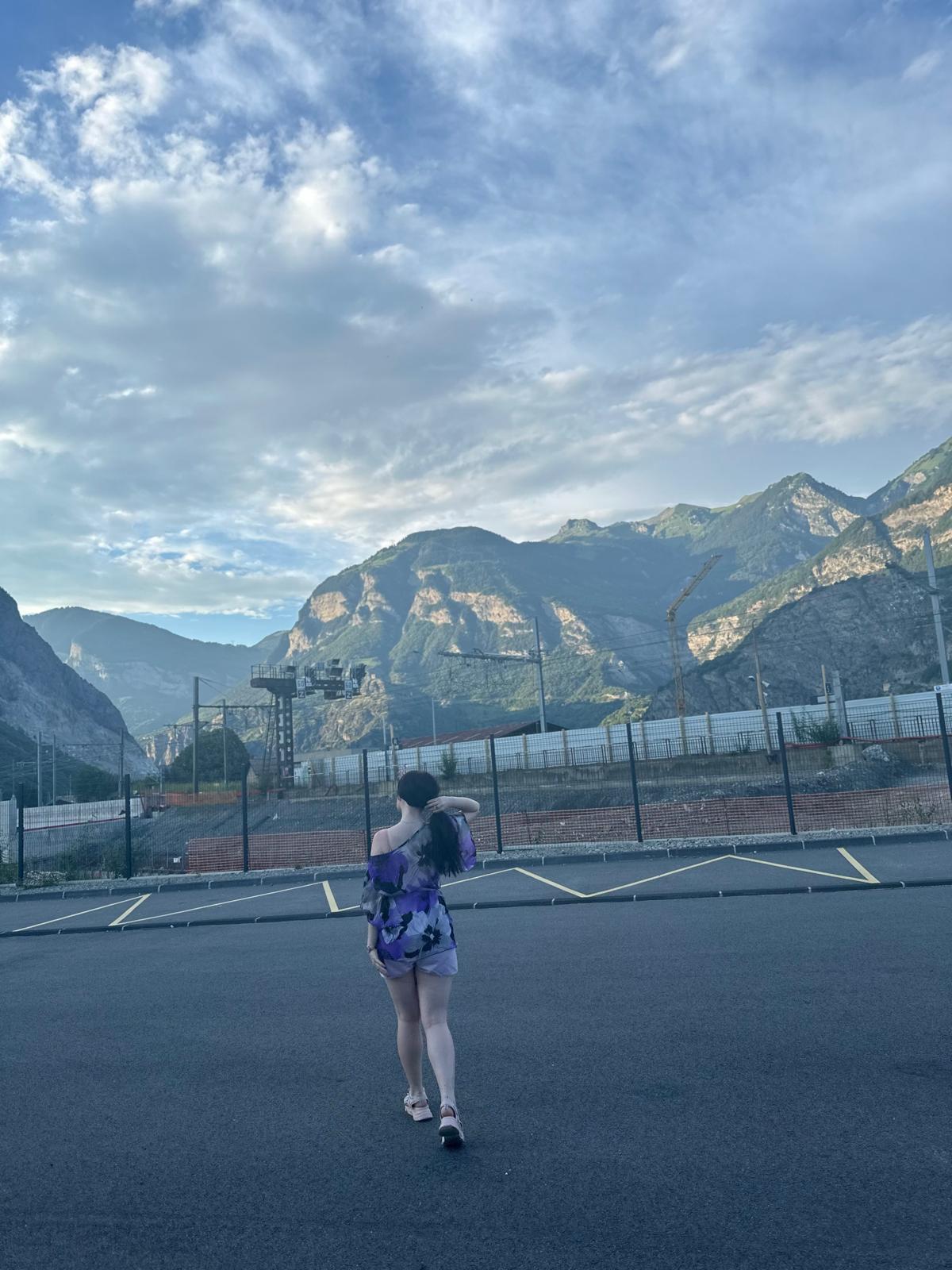
Until we realized that we had missed it – we had two train connections from ST-JEAN-DE-MAURIENNE-ARVAN, not one. The conductor looked at us with a mixture of irritation and pitiful sympathy, but let us on the last train.
We flopped down on our seats with a mixed feeling of shame and relief – even if we missed one train, we weren't stuck in "3 middles":
- in a station in the middle of the mountains
- in the middle of the night
- in the middle of nowhere.
Please check all your tickets carefully. Don't be like us! Malia found us a bus – from that moment until the end of our stay in France, mademoiselle Kounkou became our most important negotiator. At 2 am, tired, we got to our hotel.
And in the morning - all on board! We had a ship to inspect. Dario Malcuit, a boatman whose family has been transporting oil for 5 generations, took us from the stern to his cabin - the pride in his creation was tangible in the air.

The EU-funded EVOLI boat we visited is the only electric one in Lyon able to transport up until 175 tons of merchandise whilst decomposing 86 m3 of wastewater from cruise ships, and transporting it to the wastewater treatment plant.

Later, in one of Lyon's central squares, we got lost among books, old records, and covers of famous magazines. In the afternoon, we wandered into the local cat café, a pink paradise with a bunch of cats who were not bothered by our presence. Their furry majesties lay, stood, and walked wherever they pleased – and we followed, purring "My God, how fluffy".
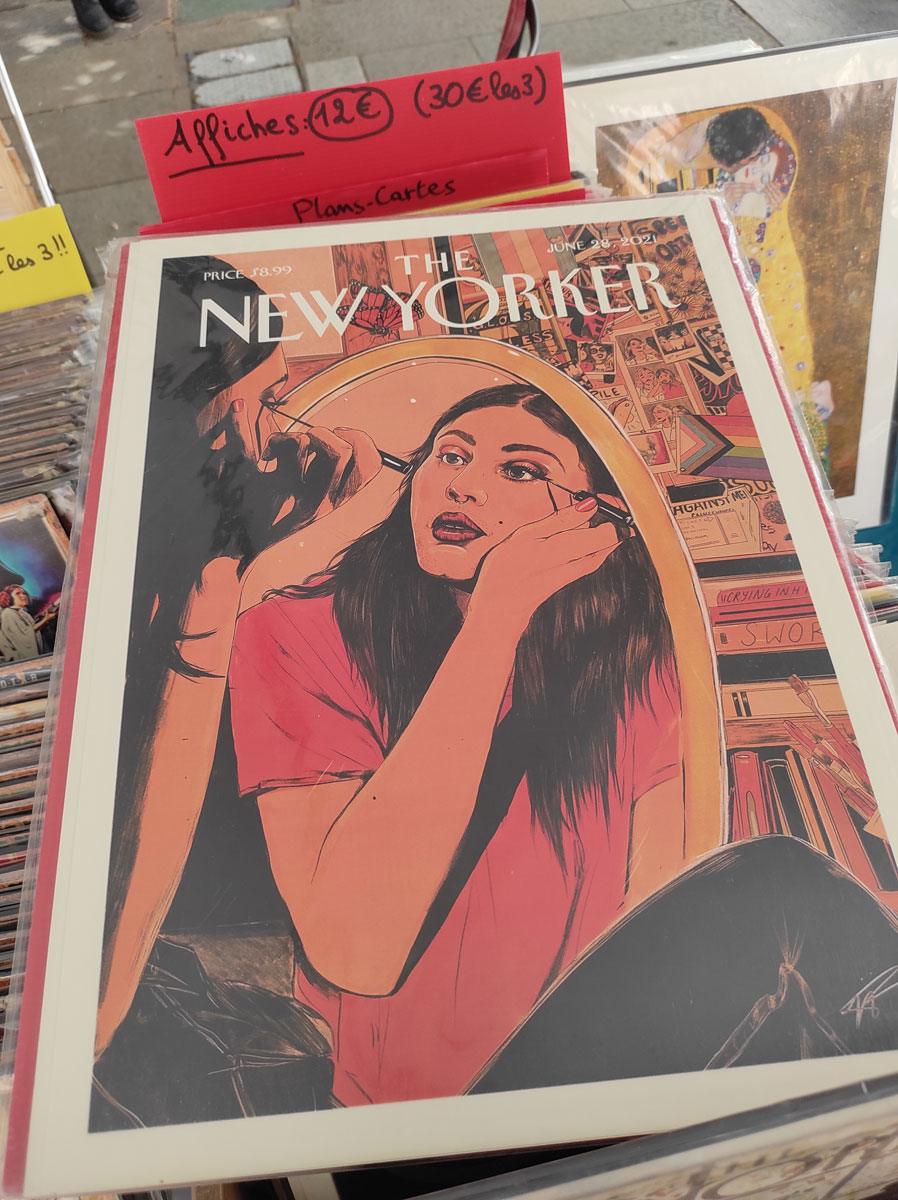
The majestic presence of the Basilica of Notre Dame de Fourvière drew me in all day. The white castle with its towers over the city like a giant stone lace. You have to climb hundreds of steps to get there, but the view over the city is incredible. And lavender, lavender is everywhere in Lyon.
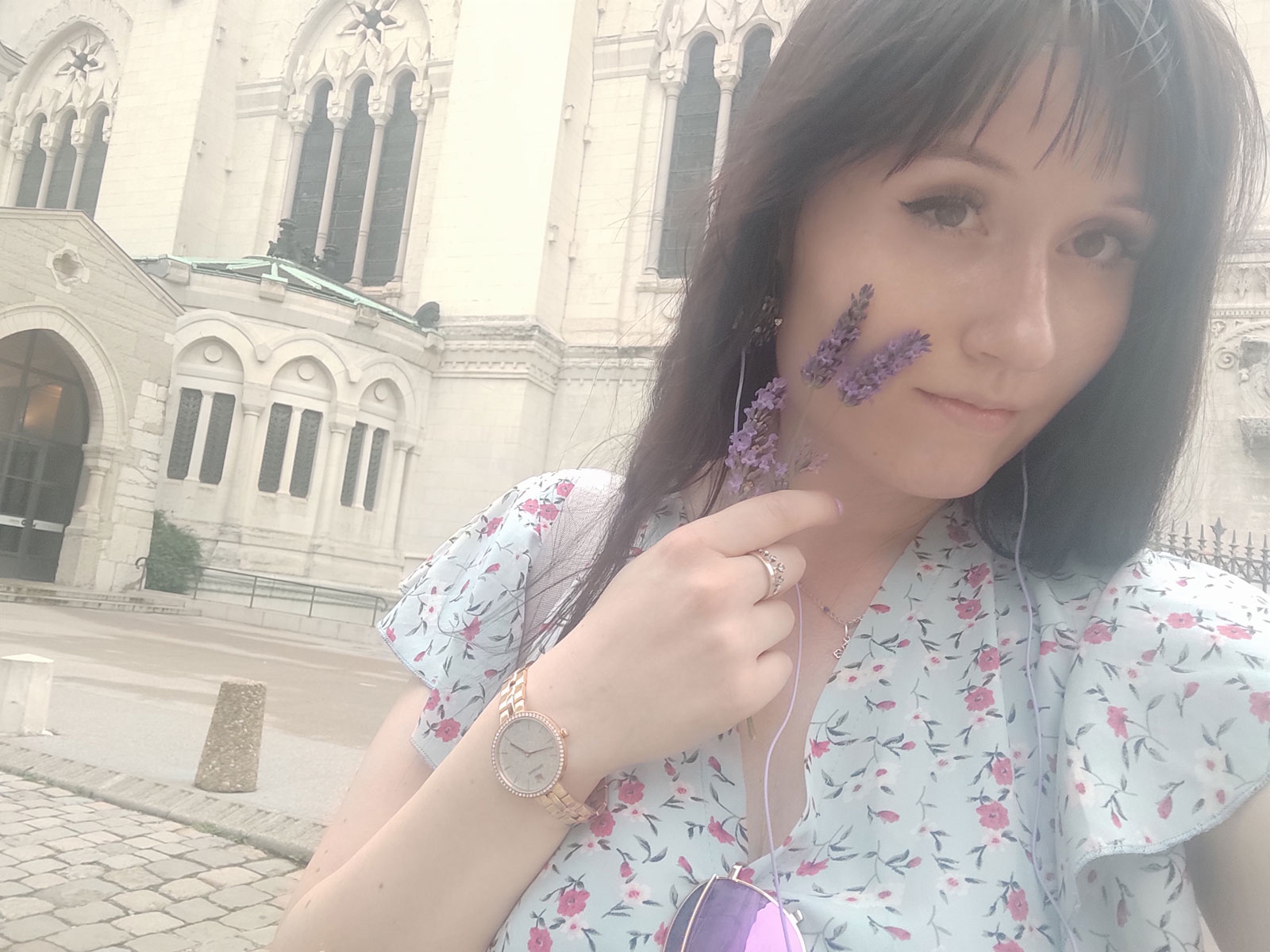
The basilica is majestic and solemn, built many years ago by the people of Lyon to thank the Holy Mother of God for keeping the plague out of the city. The walls of the church are decorated with countless mosaics and the vaults shine with fine gilding.
In the evening, we watch the combination of fire and water – at the Entre Rhône et Saône festival, where artists drew tongues of fire across the sky. The Rhône also seemed to swirl with light.
The next morning we headed to our next stop – Perpignan.
Traveler's tip: if you think it's worth spending exactly as much time getting to the train station in a foreign city as Google Maps says, think again. And then again. Because you're going to have to drag your suitcases to the station in turbo mode, just like we did when we decided we still had time for a second coffee in the morning. Spoiler alert – that was a mistake. We took a wrong turn, lugged our suitcases a little too heavily, and voila – we arrived at the station just as the train was about to leave.
Another piece of advice for travelers is to never lose hope. Always check again – maybe fate is favoring you foolish people today.
So did we – and on this particular day, our train was late. We still managed to get to our coach. We arrived at Perpignan station to be greeted by absolutely unexpected palms. Palm trees in France! Tall and beautiful, they seemed to be calling out to us.
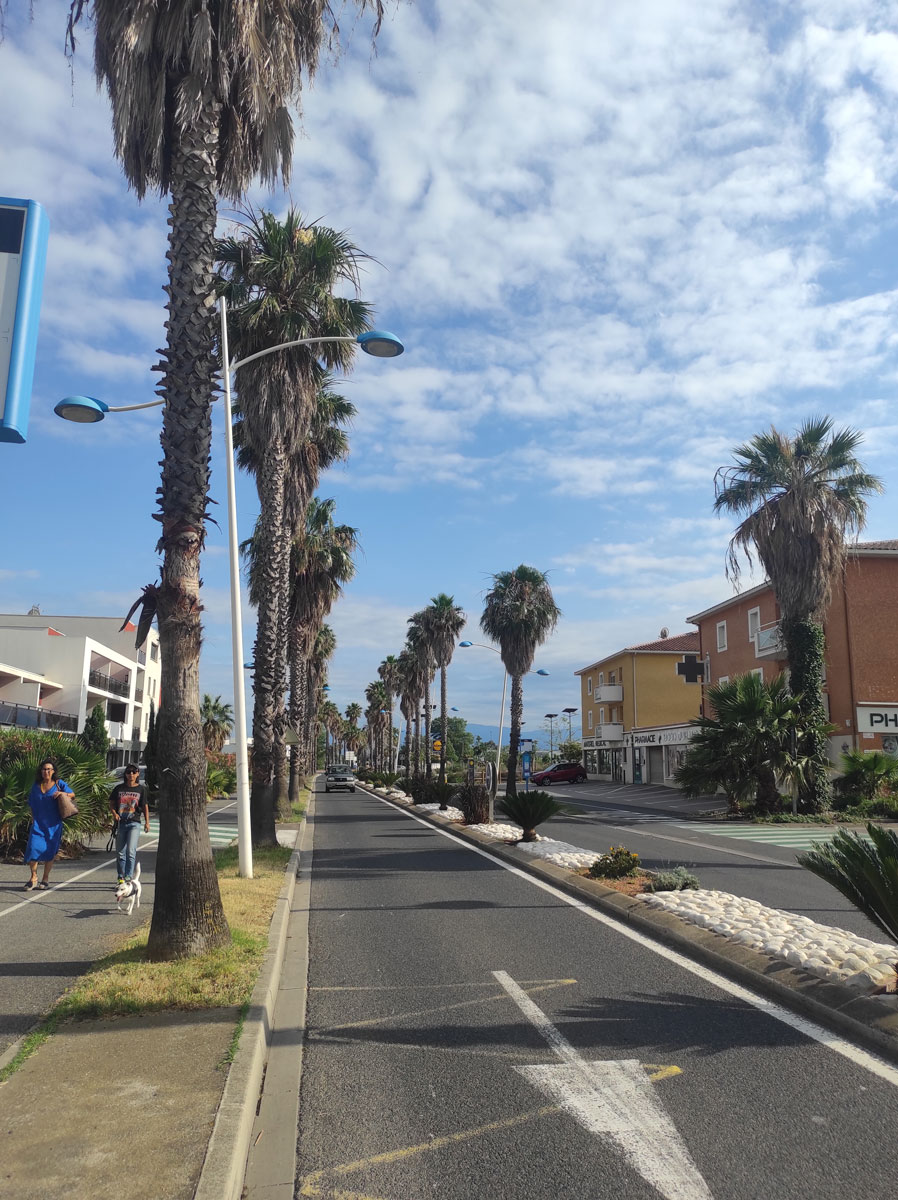
And then the trouble. When we were exploring the city, on our way to the Moorish quarter, a bucket of rubbish was dumped on the head of one of us (it's better to be anonymous here). We still don't know what it was about, but we suspect it was because we spoke English and someone didn't like the fact that there were tourists. We have not found any other reason for the flying rubbish in the middle of a European city – no one has apologized for the act, apart from a drunk man who was watching the situation around the corner. Strange, unpleasant – but not fatal.
The next day we started with the E2C Perpignan project, co-founded by the EU – one of the 13 Second Chance Schools in the EU, which allow motivated young people without diplomas or vocational qualifications to attend school for a second time.


Youngsters between the ages of 16 and 25 can benefit from the help of professional psychologists, counselors, and teachers, and even go on small humanitarian trips to other countries (one of the students of the E2C went to Morocco).
And after we ate in an outdoor cafe one of the best "quiches" in my life – light and airy, the egg tarts melt in your mouth.

Malia and I found the little town of Canet en Roussillon – snow-white, red and blue houses with exotic flowers and palm trees, winding paths leading to a beach surrounded by mountains. The Youth4Regions Train Trip couldn't have been kinder to us.
.jpg)

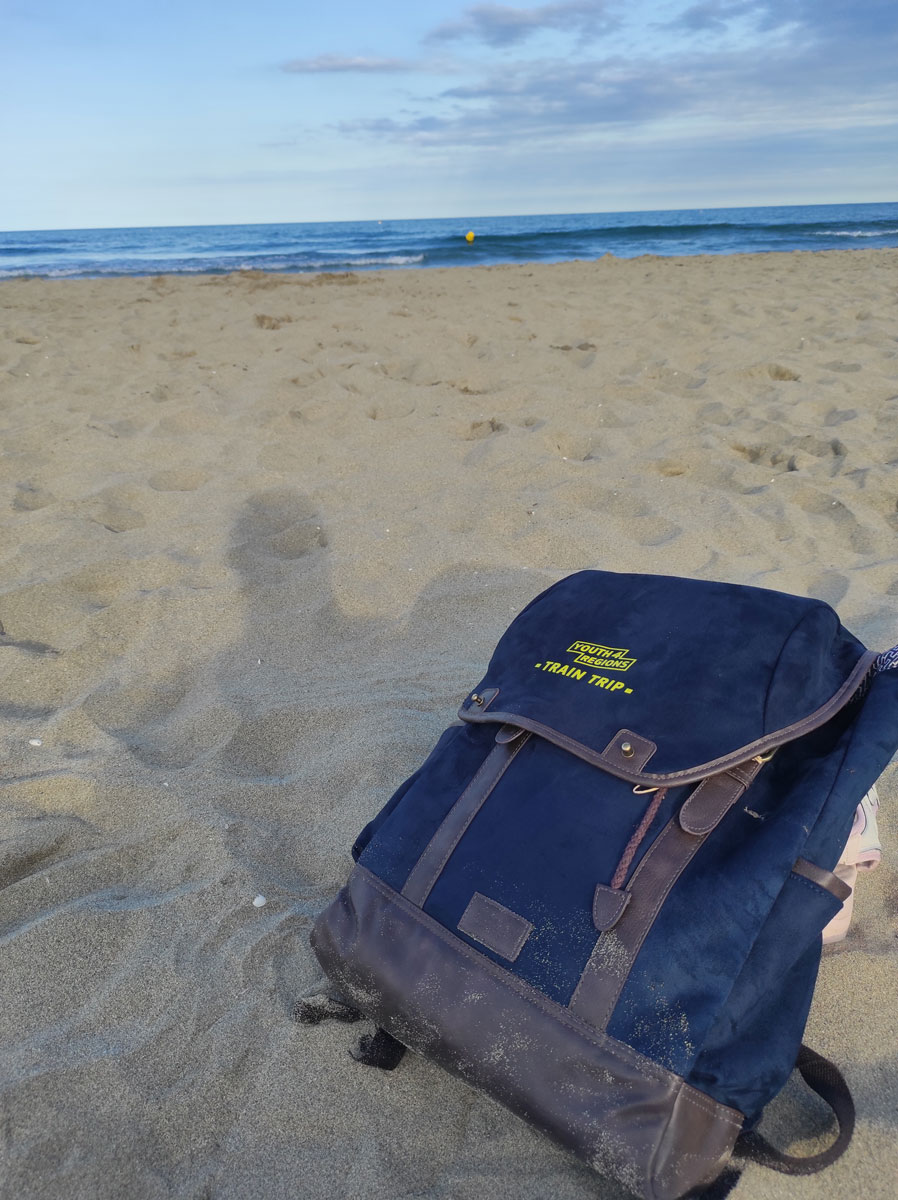
We all brought fragrant oils from the local perfumery in Perpignan - those sweet floral scents will always remind me of France.
Malia filmed every bit of the trip - with her special eye for beauty, everything we saw everywhere is saved on Instagram.
Another lesson of travelling is that no matter how much you want to stay somewhere, you always have to get on the next train. Otherwise, you will never get to the next station.
"There is a possibility that your children will see poisonous oceans in the future," – says Reimund Fickert calmly, looking at the sea waves.

Director of Business Development and Communication at the Barcelona Biomedical Research Park (PRBB), Reimund doesn't believe in God or chakras, but he does believe in the benefits of yoga and that the violin and art help the brain. Reimund points to the Barcelonetta Beach – the entire ultramodern research center is near the sea. With the palm trees. And Sangria.

The huge EU-funded research facility brings together the best minds in the world. The PRBB is like a giant sterile anthill, with its own clear rules – there is complete openness. As well as access to dangerous materials, any scientist can open any document or enter any office. The super-important fridges containing super-important things have stickers from the "Inside Out" movie – anger, joy, and disgust all go down well with the 'explosive' stickers.

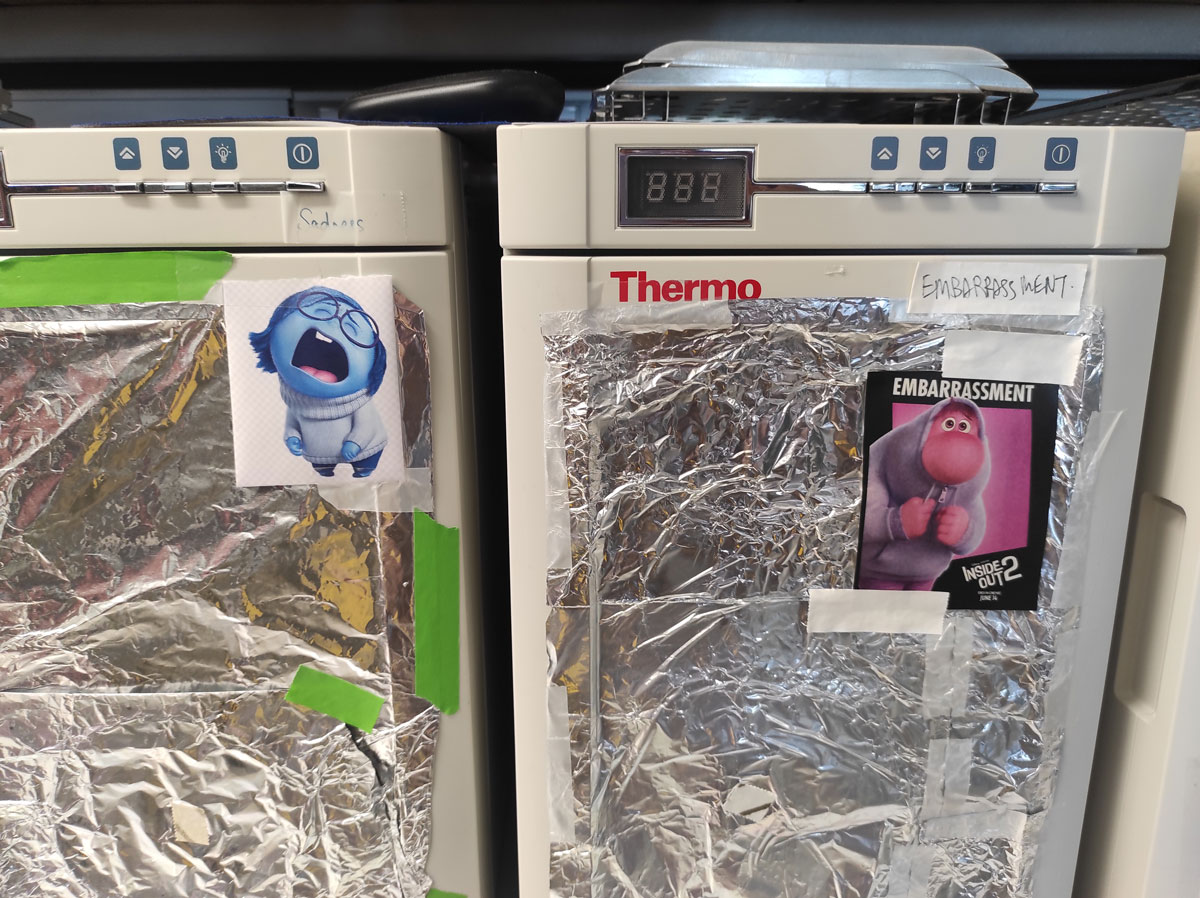
Sensors, mechanisms, various devices – everything here is connected in a strange symphony. Over lunch, you can discuss global issues about the end of the world possibility or join the yoga club for scientists. There are plenty of options.
We left the center inspired. I had time to try Spanish churros with chocolate – unbelievable! (I highly recommend that way of time spent in Barcelona).
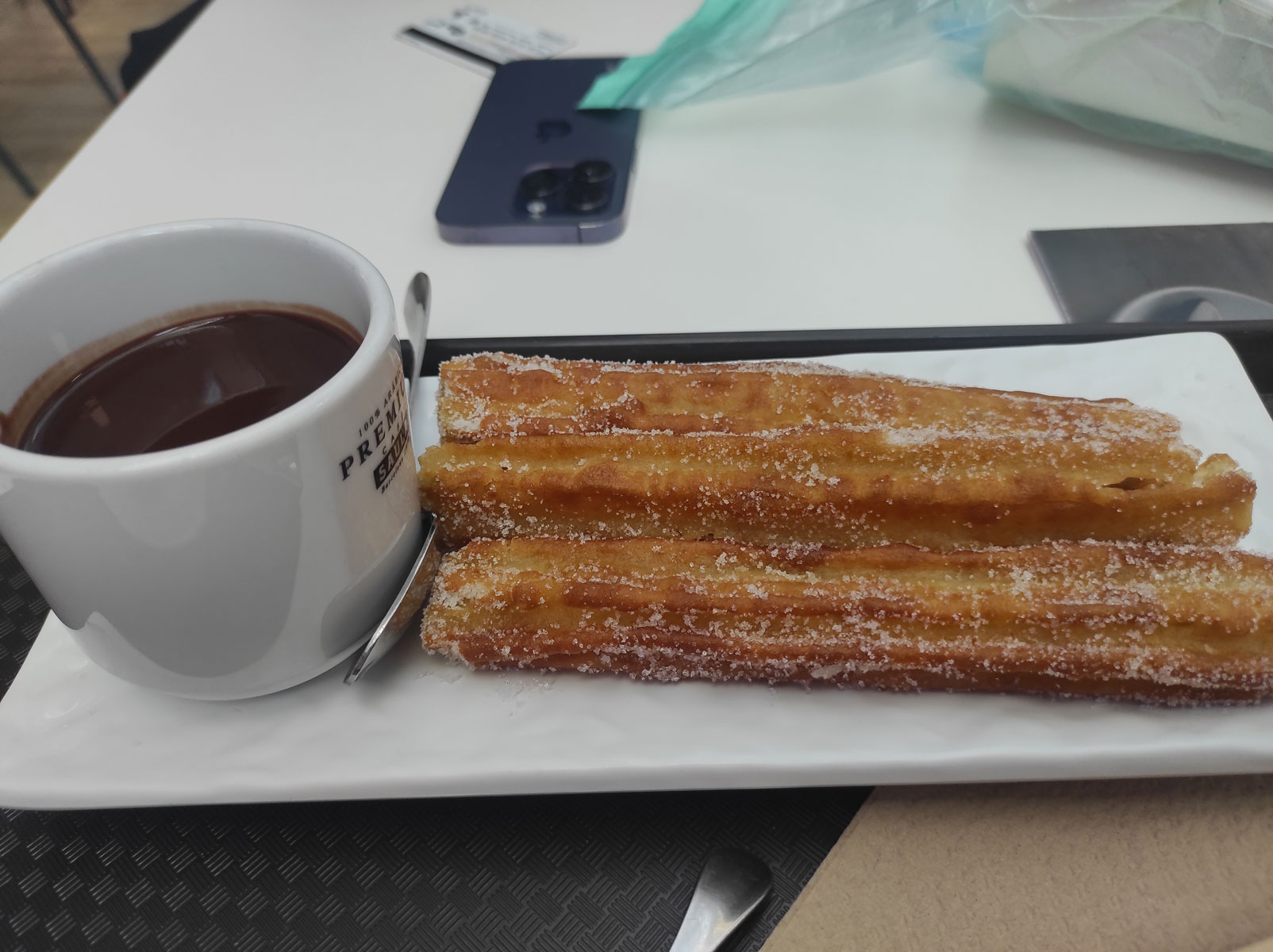
I also recommend that you keep all your belongings close to your heart as things get stolen in Barcelona easily. Malia almost had a heart attack thinking someone had taken her card - luckily it didn't happen.

Barcelona is Gaudi. A strange, brilliant, unbelievable Gaudi, whose houses are like giant sandcastles. A madman or a genius, a dandy in his youth, a strict Catholic in his adulthood. Parc Güell resembles the setting for the fairy tale Alice Through the Looking Glass – where there are no boring straight lines and colors, colors, colors are everywhere.


Gaudi imitated nature everywhere because he thought it was the only thing worth imitating. We didn't get into the Sagrada Familia because you have to book tickets in advance – I still haven't got over that. Sara and I stood in front of the Sagrada Familia for half an hour, waiting for it to light up – but in the end, only a small star on top lit up. A majestic skeleton, a building out of a Tim Burton film, the Church of the Holy Family – wait for me, I'll be back!
And Barcelona is paella. No comments. Paella – it`s like Gaudi, but food.

Sara and I spent one of the evenings at the ALMA festival, which seemed to take about 10 years to get to, through all the staircases of a Barcelona palace, strange passages, and travelers who kept leading us in the wrong direction.
It turned out that the festival was held in an ancient medieval town. Gims, a French singer, was doing incredible pirouettes on stage and rocking the room – I swore to Sara that we would go home in 20 minutes, and then we made it to the end of the concert.
Back in Barcelona, we met Helena Torres, an active local entrepreneur who invests in women's businesses across Spain. "Always say yes!" is Helena's credo.
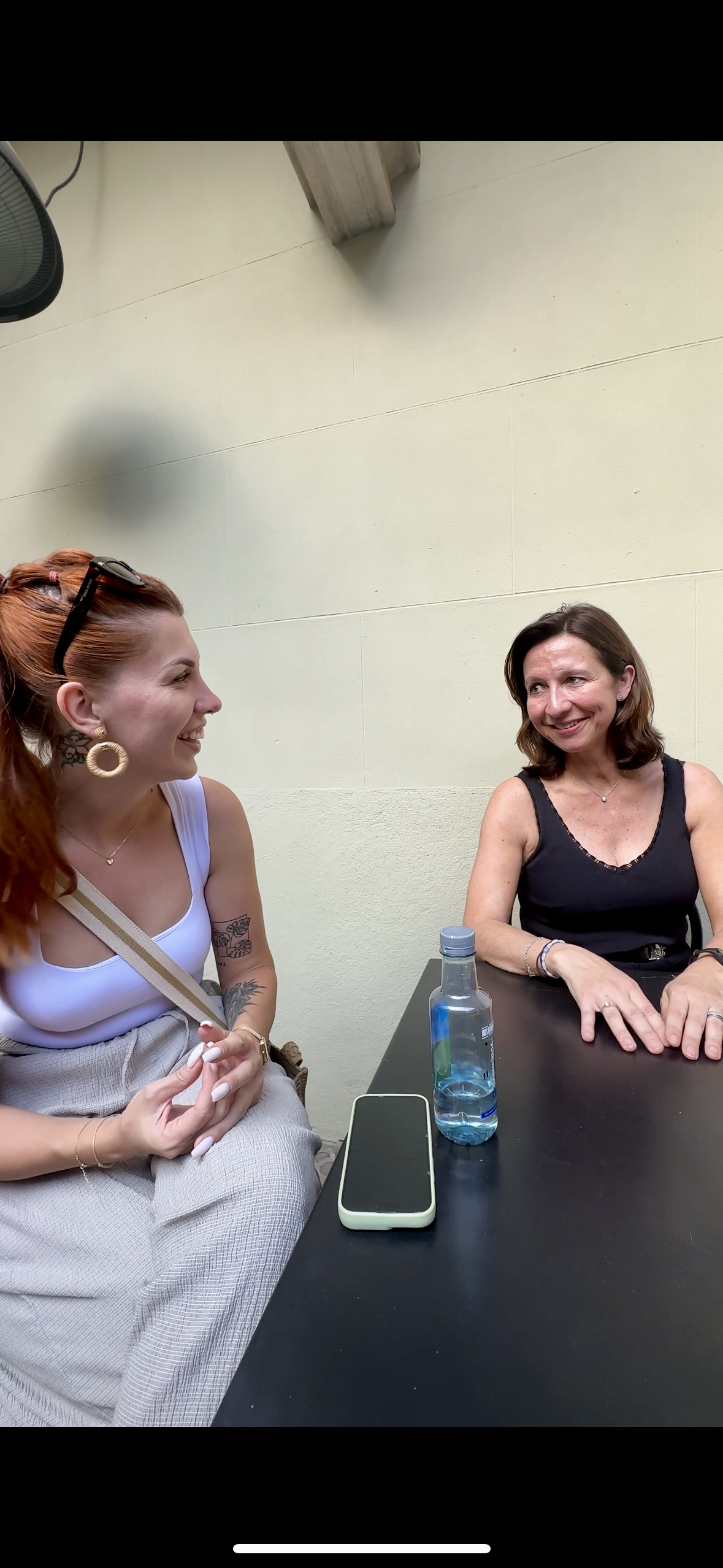
So when it suddenly turned out that the same evening there was a presentation of a new book by war journalist Maite Carasco – actually a colleague of mine on the topic – Malia and I said a resounding "yes" and went to the presentation. Without knowing a word of Spanish.
An old Spanish lift took us up to an exquisite old apartment with candelabra, twisted mirrors, and portraits.

The guests moved around slowly – men in suits, ladies in tight dresses and heels. Fans – another tip – fans are an absolute Spanish norm to combat the heat. I bought mine, made of blue lace, in Venice; Malia and Sara also bought exquisite versions made of wood there. And it was an investment in not having a heart attack because, in this heat, the fan was not about fashion. It was about survival.

Eventually, I bought a book by Maite in Spanish "Como superar el miedo en todas las trincheras de la vida" (How to Overcome Fear in all the Trenches of life), and downloaded Duolingo.
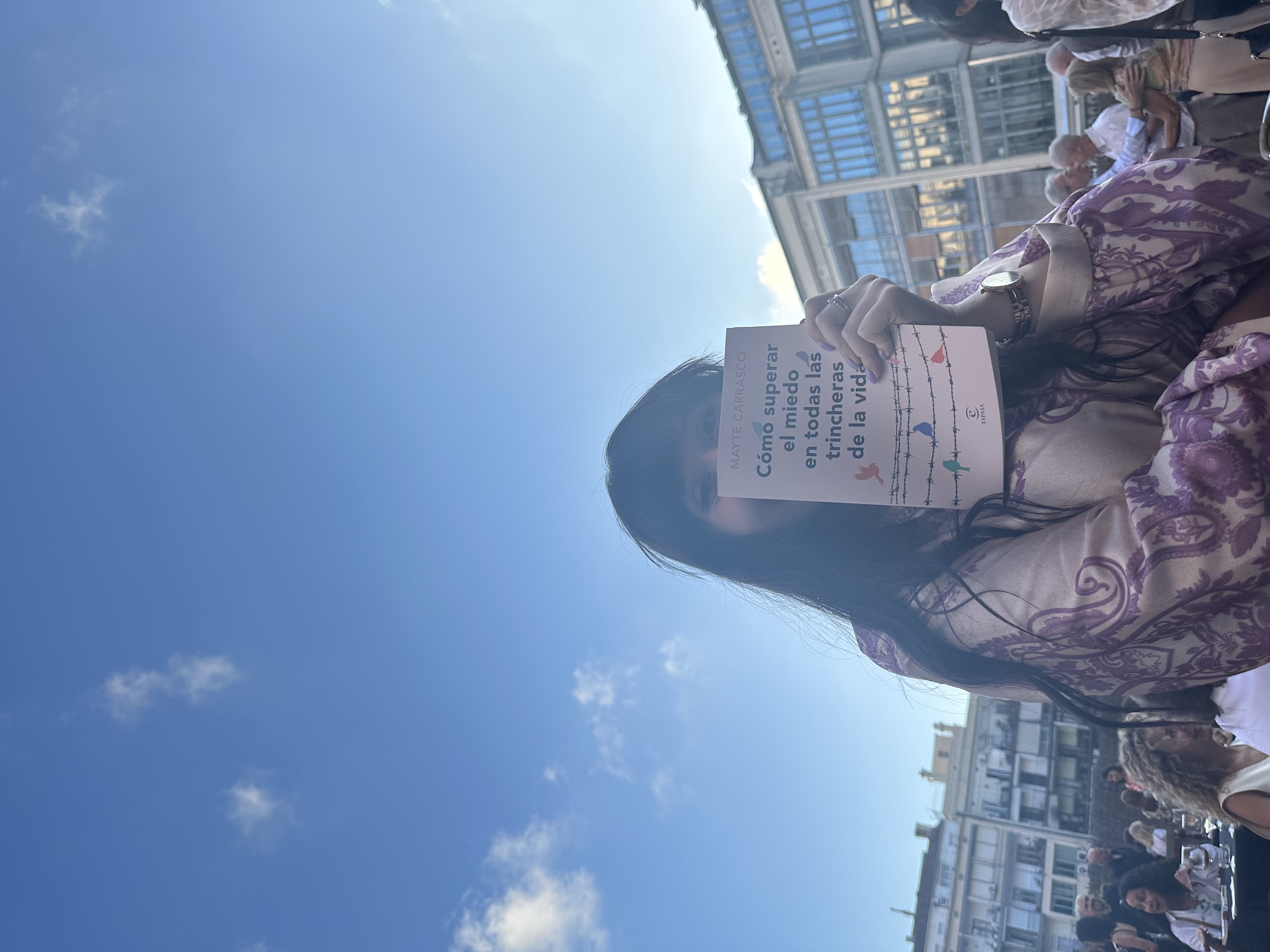

Something touched me about this melodic, passionate Spanish pronunciation, like the wailing of a Spanish guitar, which I would hear later, in the country's capital, Madrid.
The train from Barcelona to Madrid was three hours of quiet meditation. We were all a little tired by now, and just sitting for three hours to catch our breath was an important opportunity. Sometimes stopping is also part of movement. Especially if it takes you to your next destination.
The heavy red velvet curtains rose slowly. Slowly, gently, passionately, a Spanish guitar broke the silence in the hall – three dancers appeared on stage. The sound of heels and castanets echoed the rhythm – flamenco, flamenco! Mantillas rose into the air, tassels cut the room sharply – the dancers' faces danced with them – this was "Emociones" by the Flamenco Theatre. It was evening. Light sangria in glasses. Madrid welcomed us.
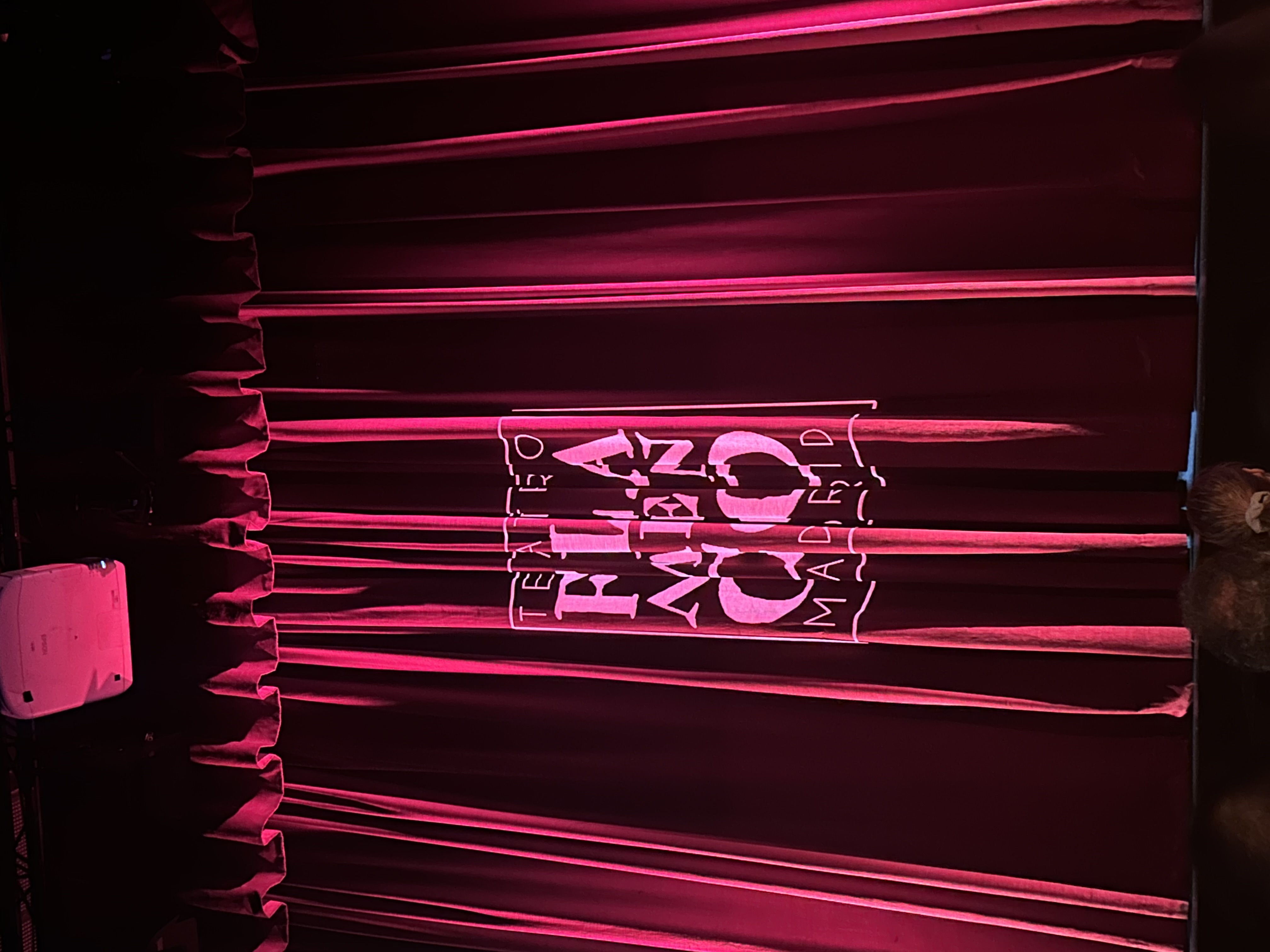

Earlier, as soon as we arrived in the city, we were enveloped in a heavy blanket of heat. In the streets, people moved from shade to shade; water became as necessary as spices in Dune. Hot, quiet Madrid turns into Babylon in the evening as waves of people roll down the long, beautiful Gran Via. Snow-white palaces hug the street. Hot Spanish empanadas with red meat melt in the heat - small shaped pies with the trademark monograms of the empanaderia can be found on every street.

We visited the EU-funded 12 October Hospital in the middle of the day. The heat of the open sun almost destroyed us as we fought with Google Maps and finally reached the new shiny hospital building. The coolness of the centre seemed like a paradise – the wide grey corridors of one of the 10 best public hospitals in Spain seemed like an oasis. The new hospital is one of the largest and most complex construction projects ever undertaken in Spain. The EU has invested more than 320 million euros in the hospital.


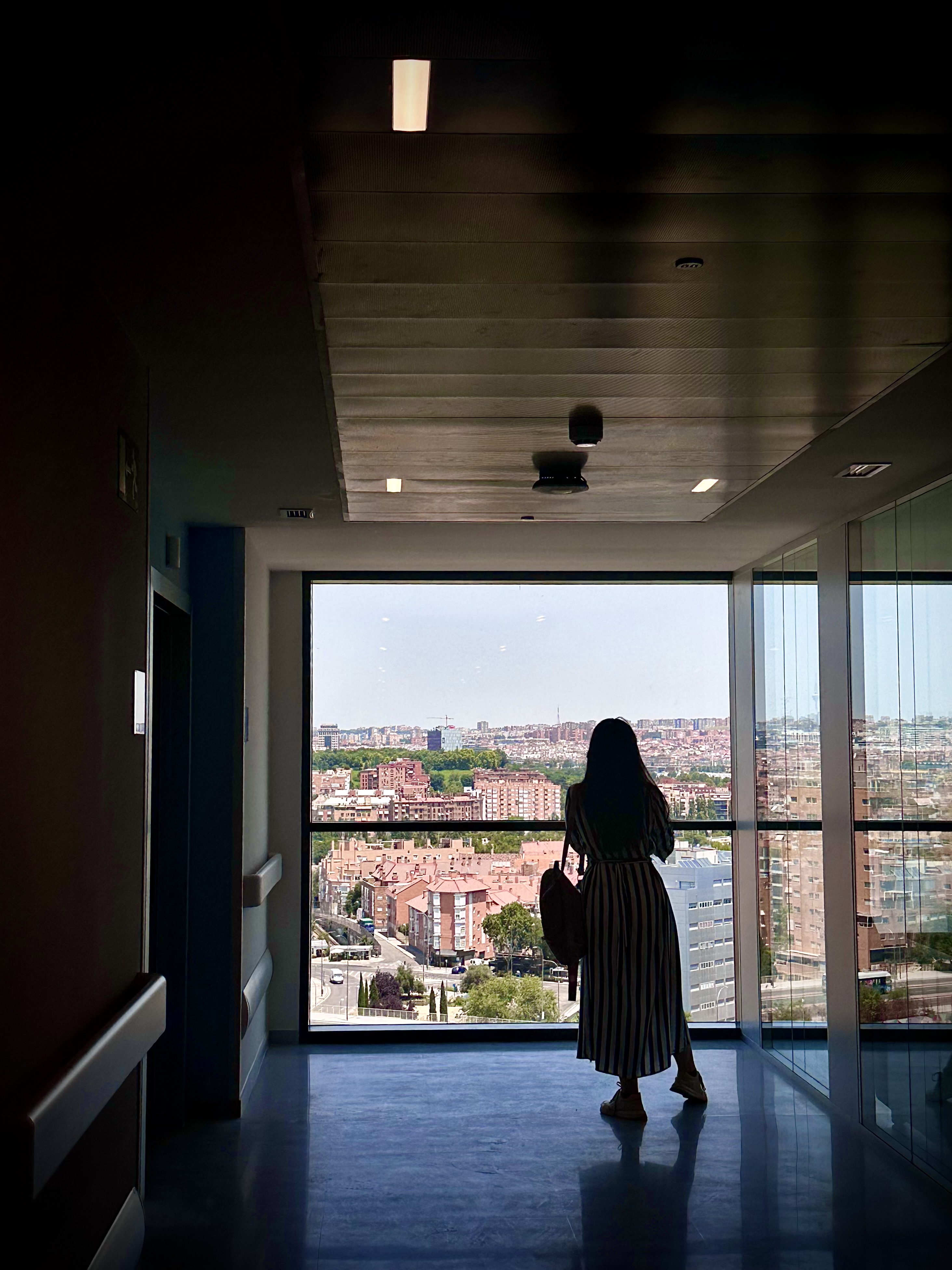
In addition to the latest equipment, the hospital also has nearly 5,000 square meters dedicated to green terraces and therapeutic gardens. The center's highest floor has a terrace with views of Madrid. Daniel Santos Beneit, our guide, quietly explains that when people in treatment are forced to live the same day every day, having at least a little peace is incredibly important.
In Madrid, we met Carlos – another Youth for Regions alumnus. We all agreed that Brussels, which united us all, was a city of great opportunities and terrible weather. Carlos showed us around Madrid – here we also had time before he moved to Lisbon to work – the next step in his career. Good luck, Carlos!
It was as if we hadn't noticed the last train together, helping each other with the luggage in a strained mechanism – it's amazing how easy travel feels when you just arrive everywhere on time. No adrenaline, no free fitness from a bigot, no panic. It's boring sometimes – being responsible adults.
Bright, light, carefree. Malaga, Malaga, your streets are lined with palm gardens; the walls of your houses are covered with modern murals. On one of them, "Paz y libertad," a woman wearing a necklace with a peace sign. She clasps her arms to her chest, as if calling out to the words "peace" and "freedom" written next to it. As a Ukrainian, I look at them sadly – the weight of the words is pressing when you know exactly what price is paid for them every day at home.


The warm and hospitable Nieves and Montse from the Málaga City Council take us to see the city. We have a little inspection of the city's central district, Soho, ahead of us. Formerly notorious for prostitution and the black market, Soho seems to have shed its old skin, having received European Union funding for rehabilitation initiated by the city council.
As part of the Maus Festival, muralists from all over the world decorated the streets of the Spanish city: lizards crawl along the walls of Soho, raccoons scratch, and beautiful Spanish women wave their fans. At night, on the sidewalks of the city, you can see red inscriptions that glow from the lanterns – small squares form the name "Soho".

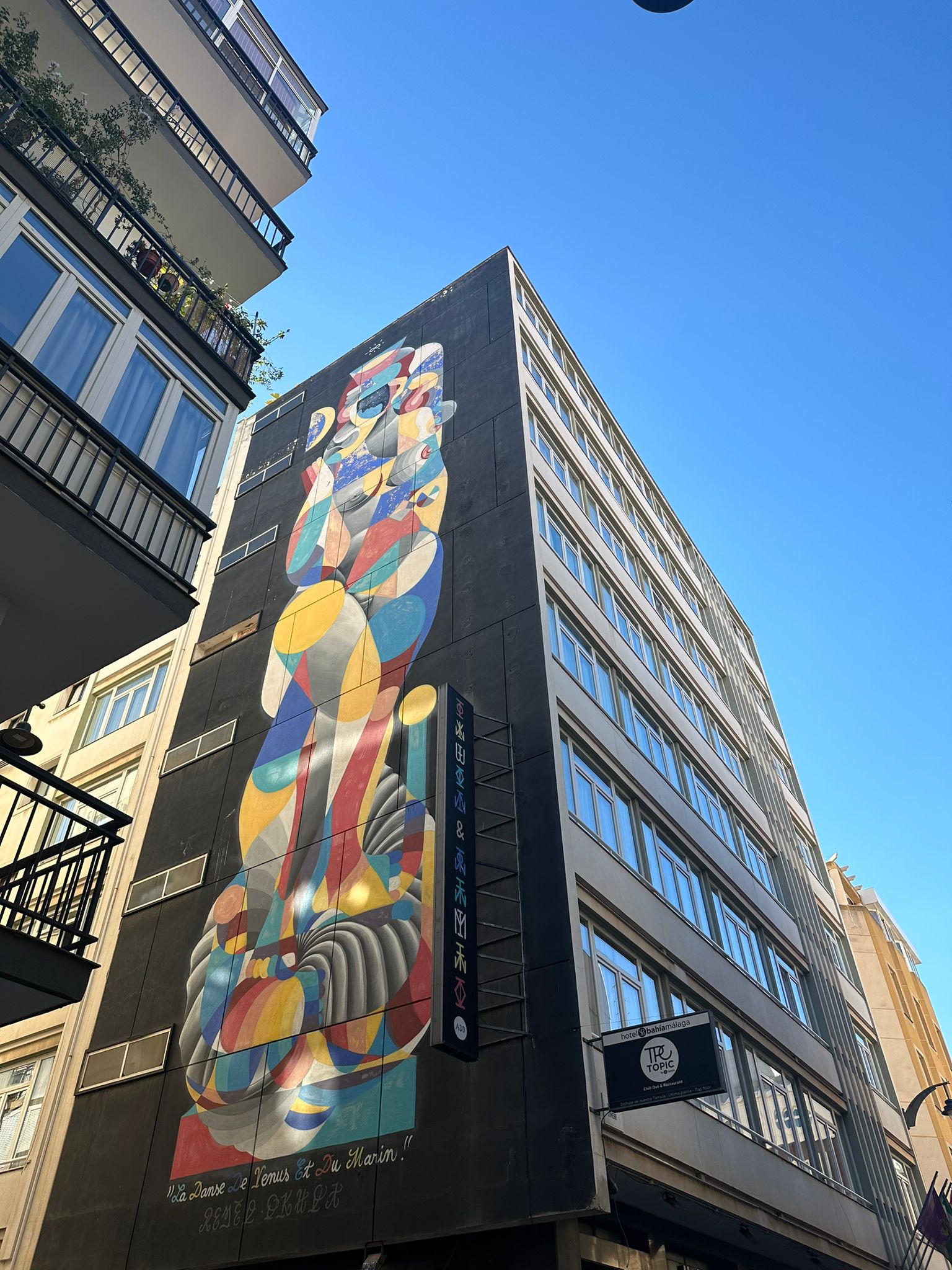
We visited Quartier Tattoo, and the next day, while Malia and I were listening to mass in the city's main cathedral, Sarah was already tattooing a flower symbolizing Malaga on her arm. In the Comis store, we got lost between the shelves of books (sorry, only in Spanish), board games, toys, food, and drinks straight from Japan - Sarah took home a small toy from The Witcher.
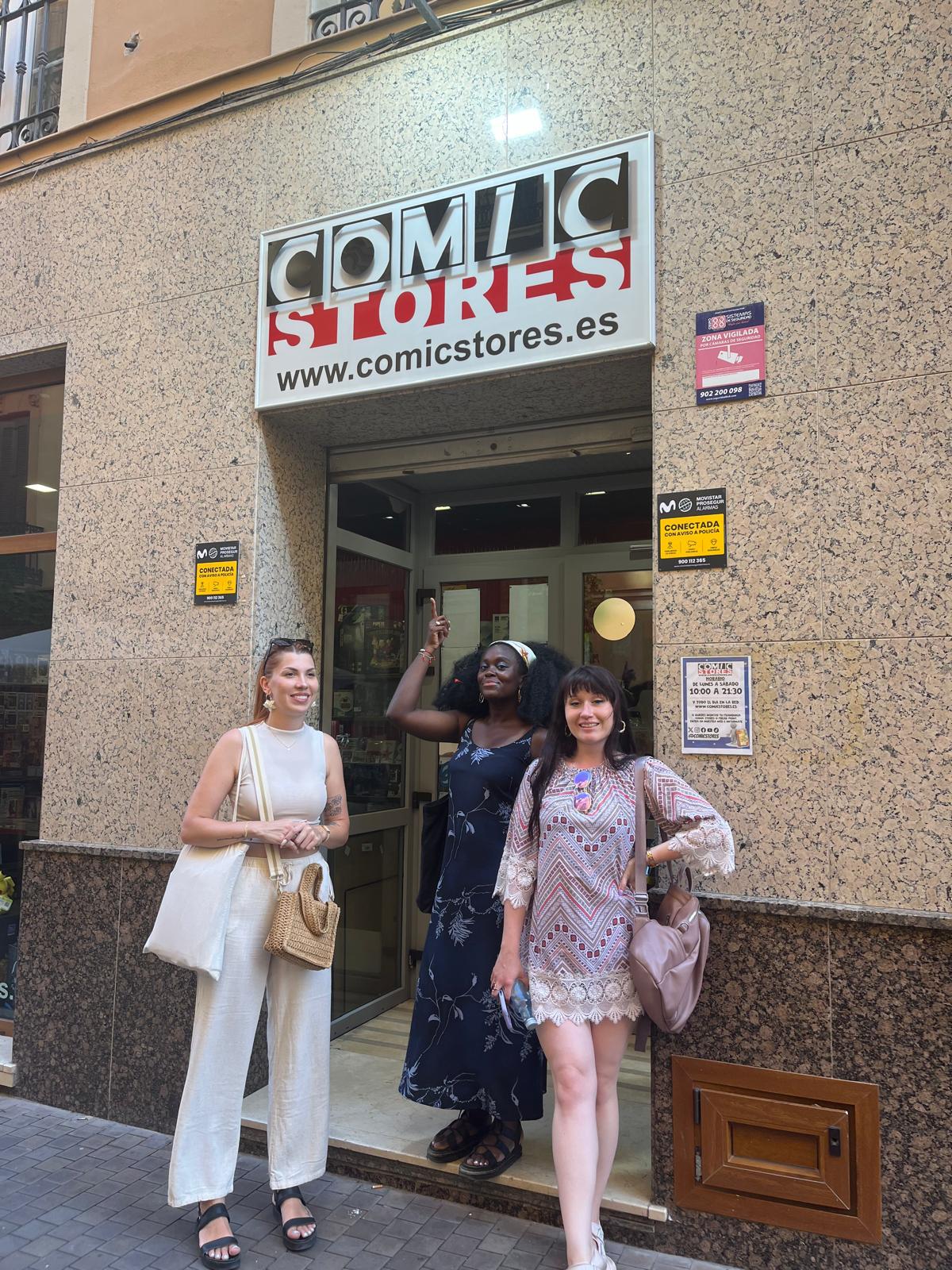
At the Mariposa Hotel, we came across a whole horizontal garden with a floral ecosystem – Bioazul won an EU grant to create it. With more than 3,000 plants of more than 15 species types, the company had previously tried to implement this project in Sweden but did not receive support for its idea. However, Spain welcomed the project with enthusiasm – the garden receives water from the hotel's shower system, reusing it. This way, the building has a perfect grain-feeding ecosystem that is home to birds and insects.
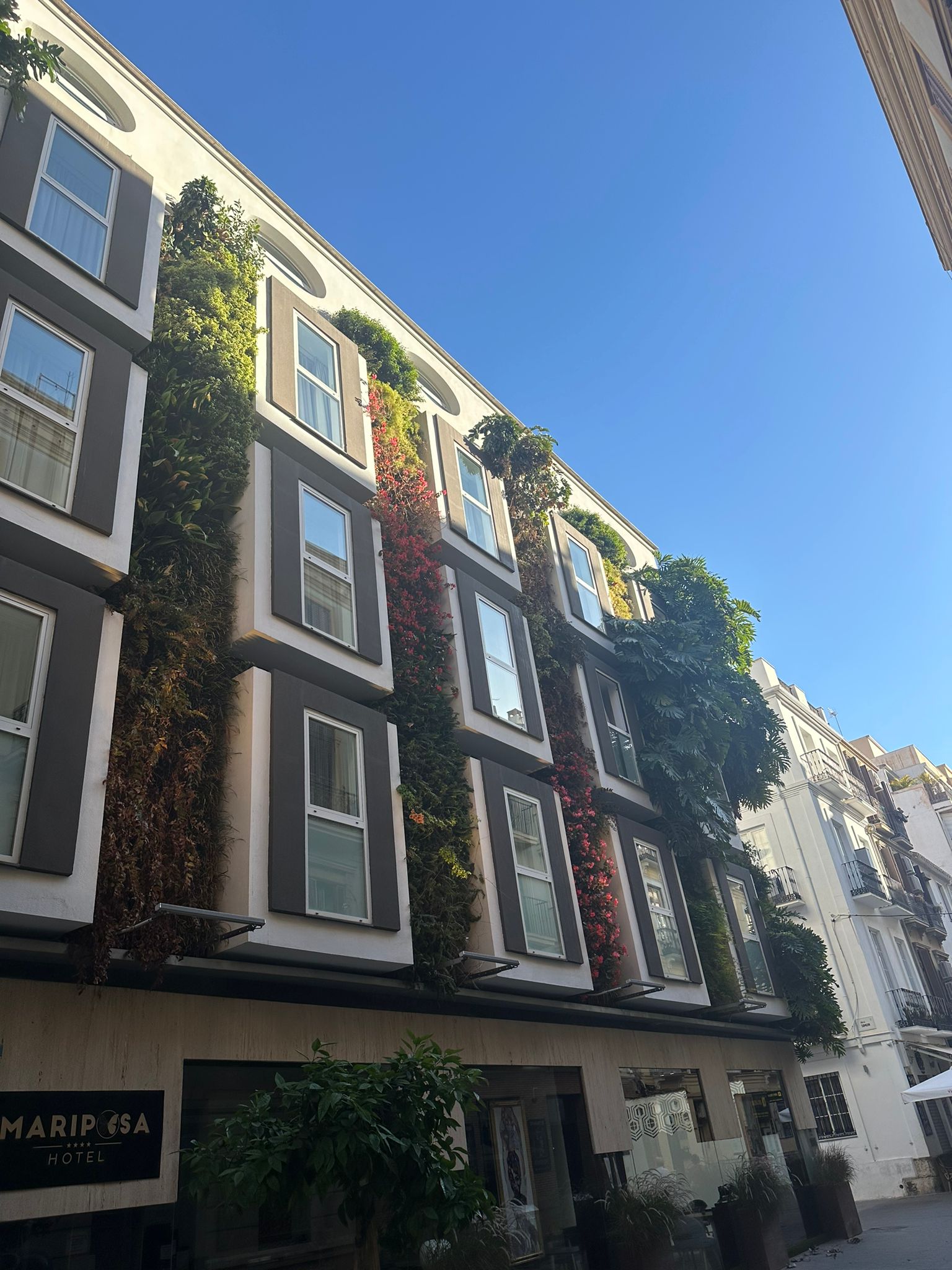
Birds are my special love from Spain. I have never seen parrots flying around the streets with pigeons. I also fell in love with seagulls – Sara, who lives by the sea in Croatia, had much less sentiment for these birds and directly called them "sea rats".
At "Taberna La Pecha", we tried two types of tortilla – a Spanish omelette with potatoes. Both the version with black pepper and the version with onions were unanimously accepted as equally tasty. Chicken croquettes, tapas (small Spanish snacks – in our case, Iberian jamon with cheeses) – we enjoyed all the Spanish.

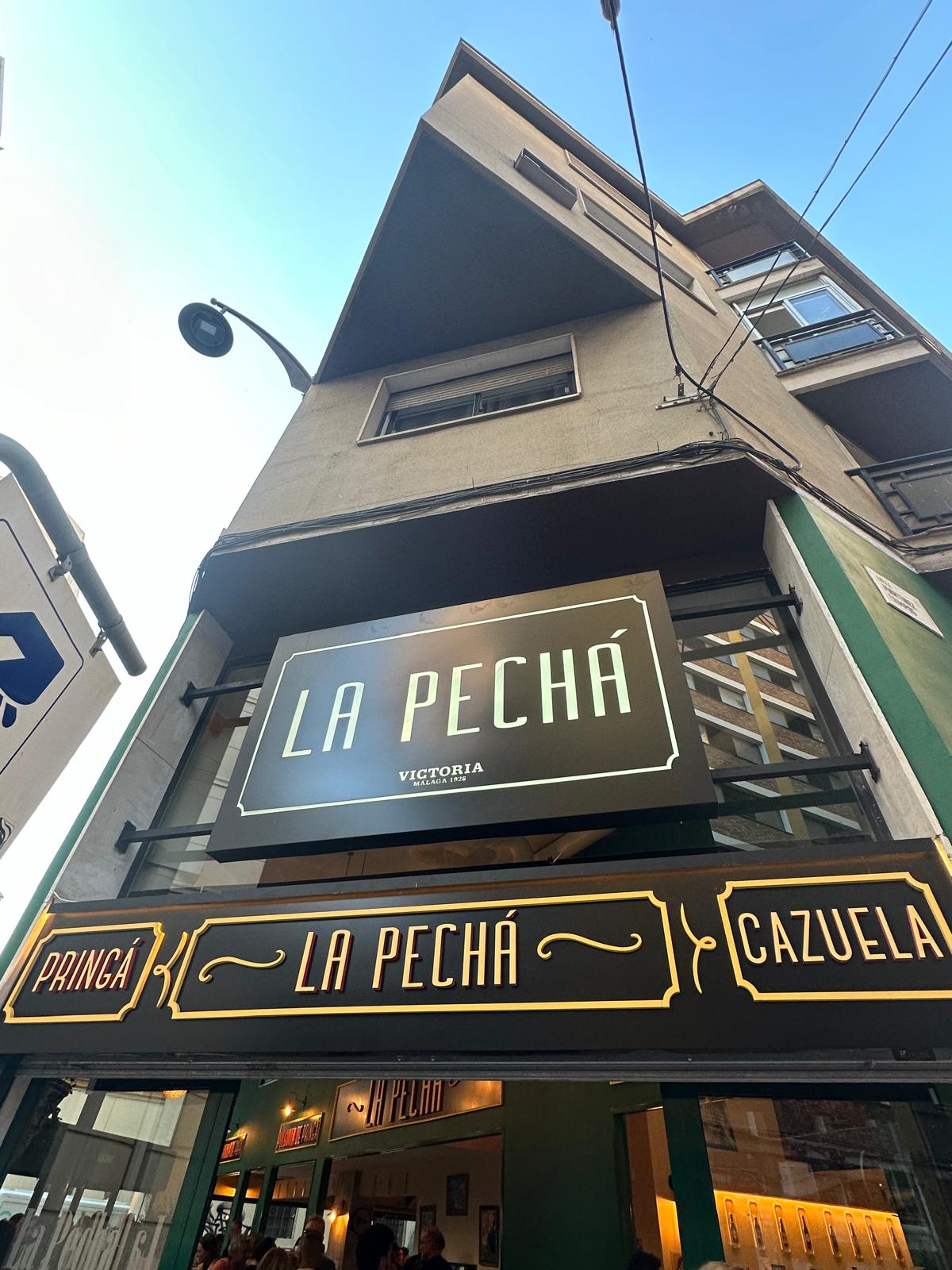
When we were served the country's popular "salada rusa" – a potato salad with tuna and mayonnaise – Montse looked at me and said:
"You know, in some taverns this salad is now called 'salada Ukrainiana'. We are with you. So eat it calmly". It seems like a small thing. But it was important.
We unexpectedly ended the evening at a Spanish musical directed by Antonio Banderas at La Alameda Theatre. From the show we learned some proper Spanish nouns, the word "idiot" (I never thought I would be so happy to hear that word, cause I was able to understand it) and when sometimes something is done well – you can guess the meaning from the mood and the music.
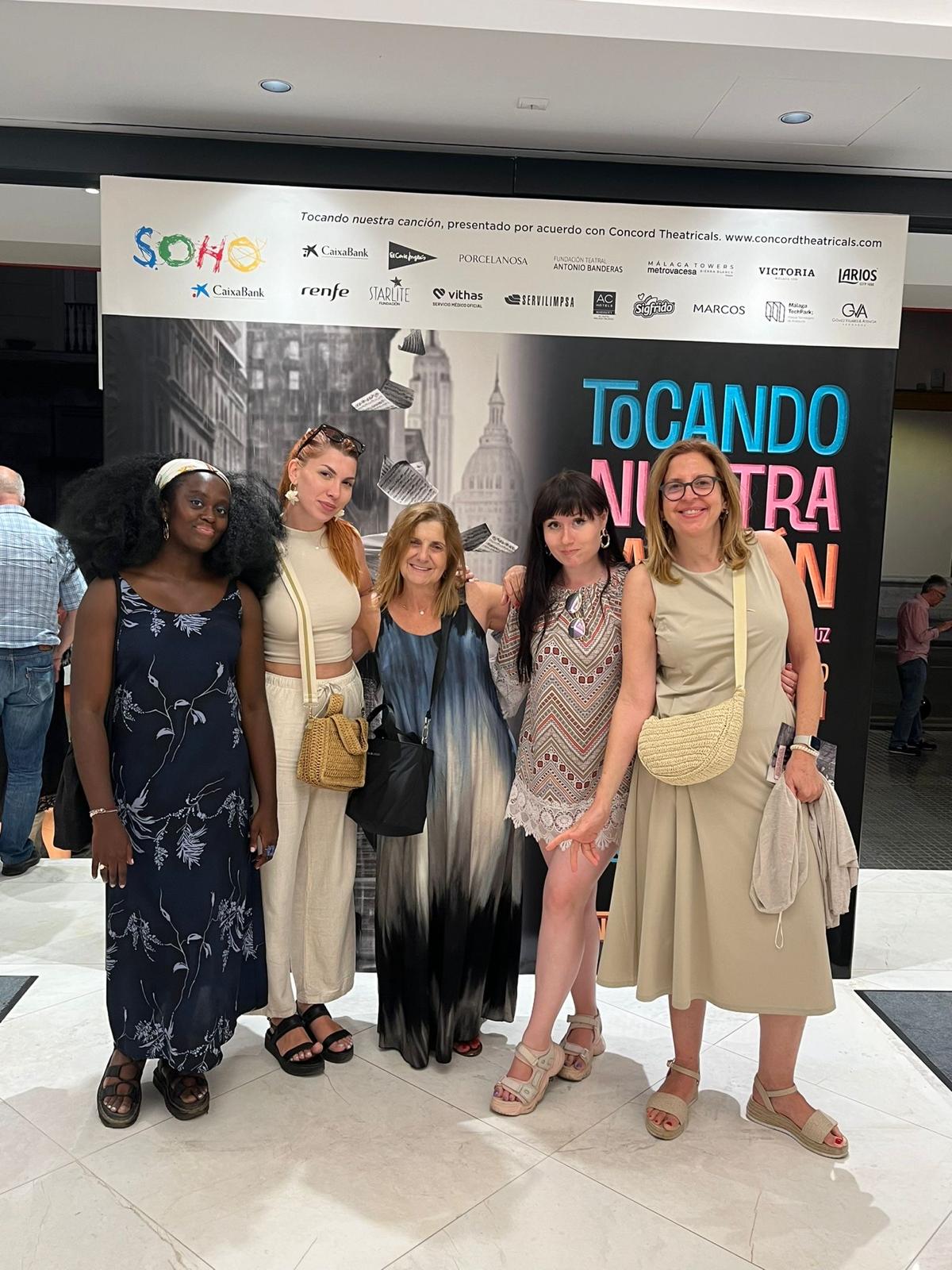
To fall in love with a new language and culture at the age of 26 is very strange. And very beautiful.
I bought two Spanish mantles for my mother and grandmother back home. I also packed magnets, plates, sangria, jamon, and pesto, hoping it would survive the long road to Ukraine (and it did!).
On the second week of the trip, Sara already missed Croatia: the beauty salon and the amazing children she was teaching English at home. So she was very happy to be back – at home.
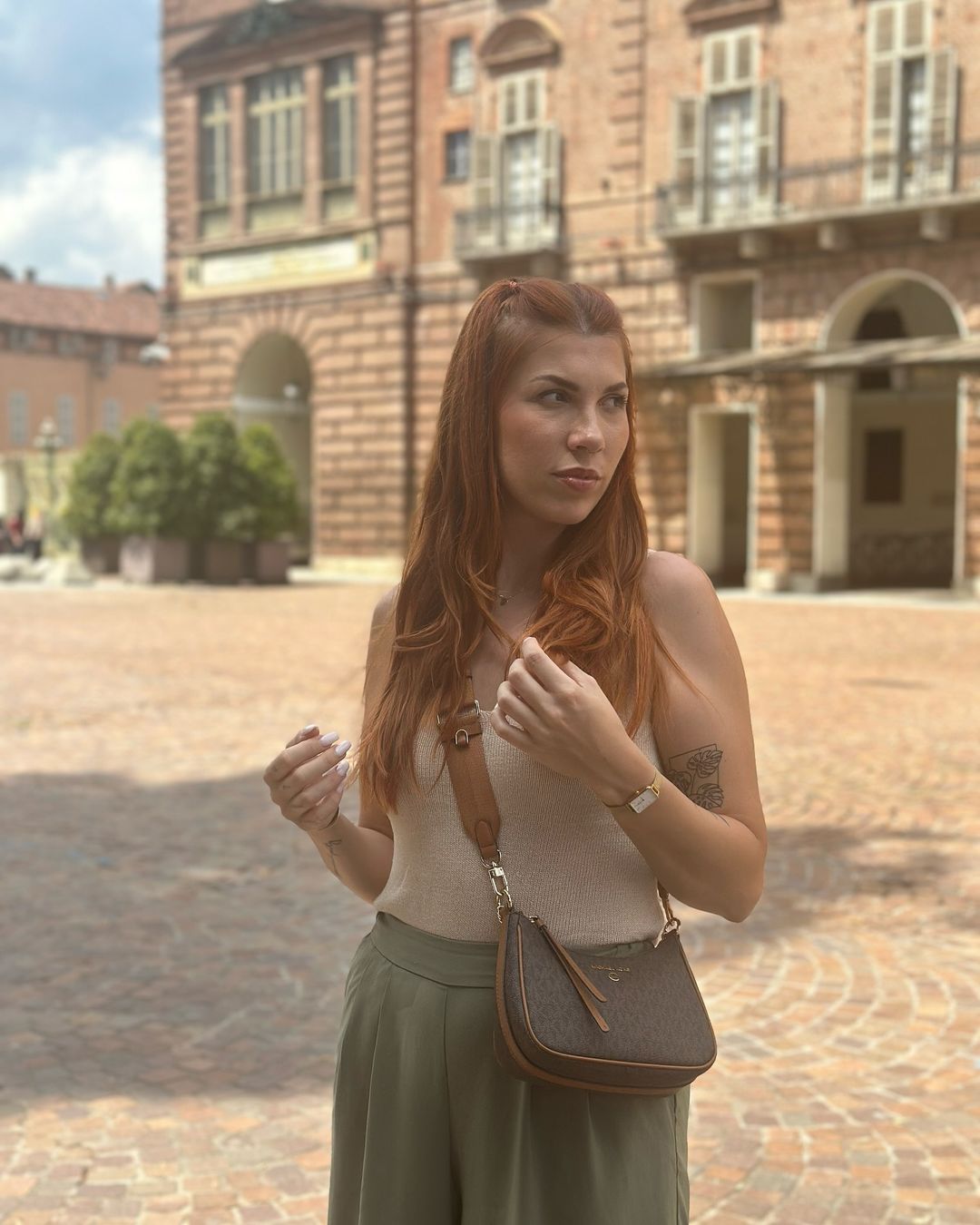
During the trip, Malia was nominated for a prestigious Canadian journalism award.
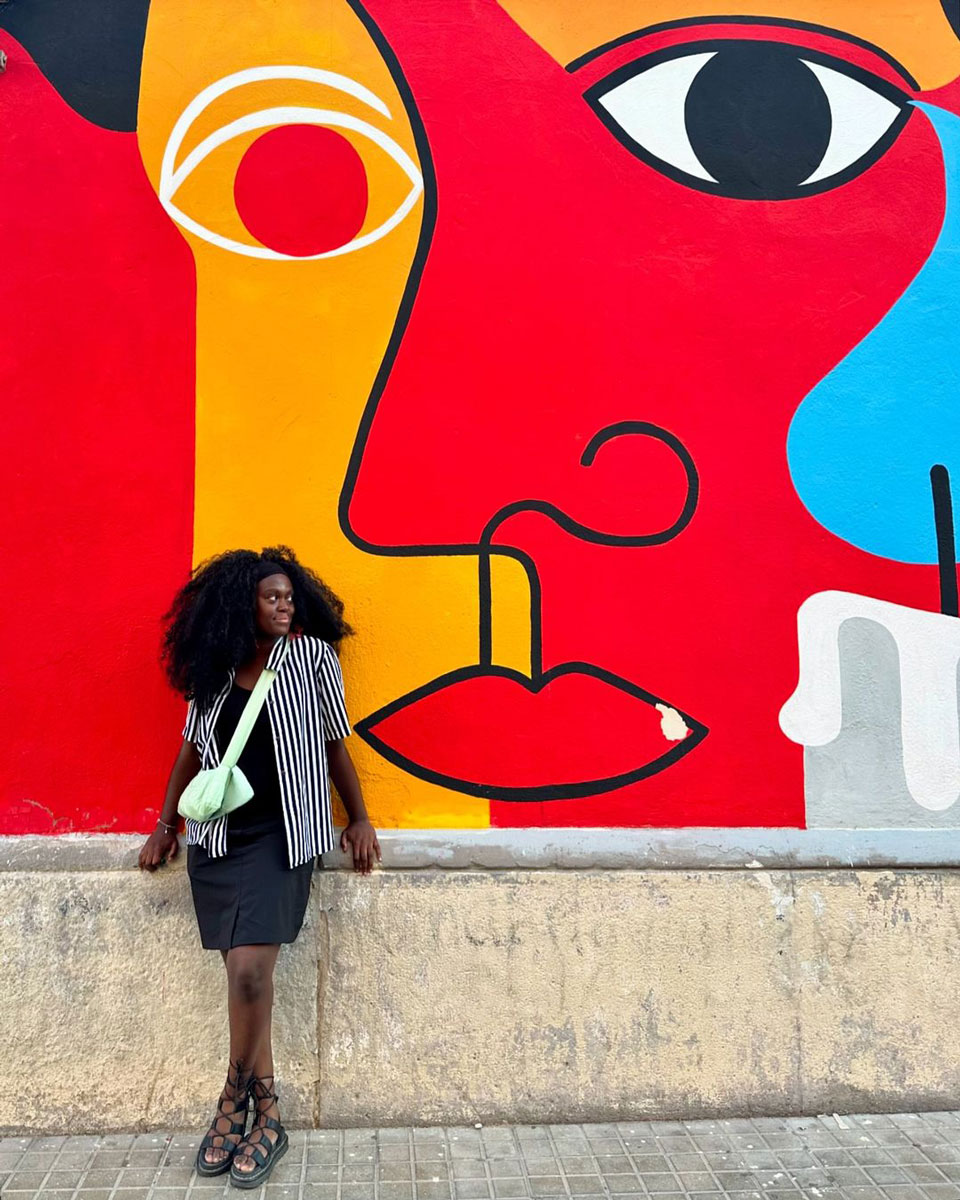
When I was returning home, the Russians were bombing the Okhmadyt Center for children with cancer in Kyiv. I already had seen it all – torture, death, rape, and the obliteration of whole towns like Bakhmut and Mariupol. But the bombing of children with cancer still seems like something beyond the limit – as if you are still waiting for something human to wake up on the other side, but something already dead cannot die twice, as George Martin said.

And I have understood two things for sure – I will always write. Reporting is absorbed in me by thousands of letters I have ever read, and all the conversations I have ever listened to. Whether it be people who have just escaped from the Russians blowing up the Kakhovka hydroelectric power station; a soldier who lost both legs at the front but continues to help the army; or a scientist criticizing God and the media in a huge science center on Barceloneta beach.
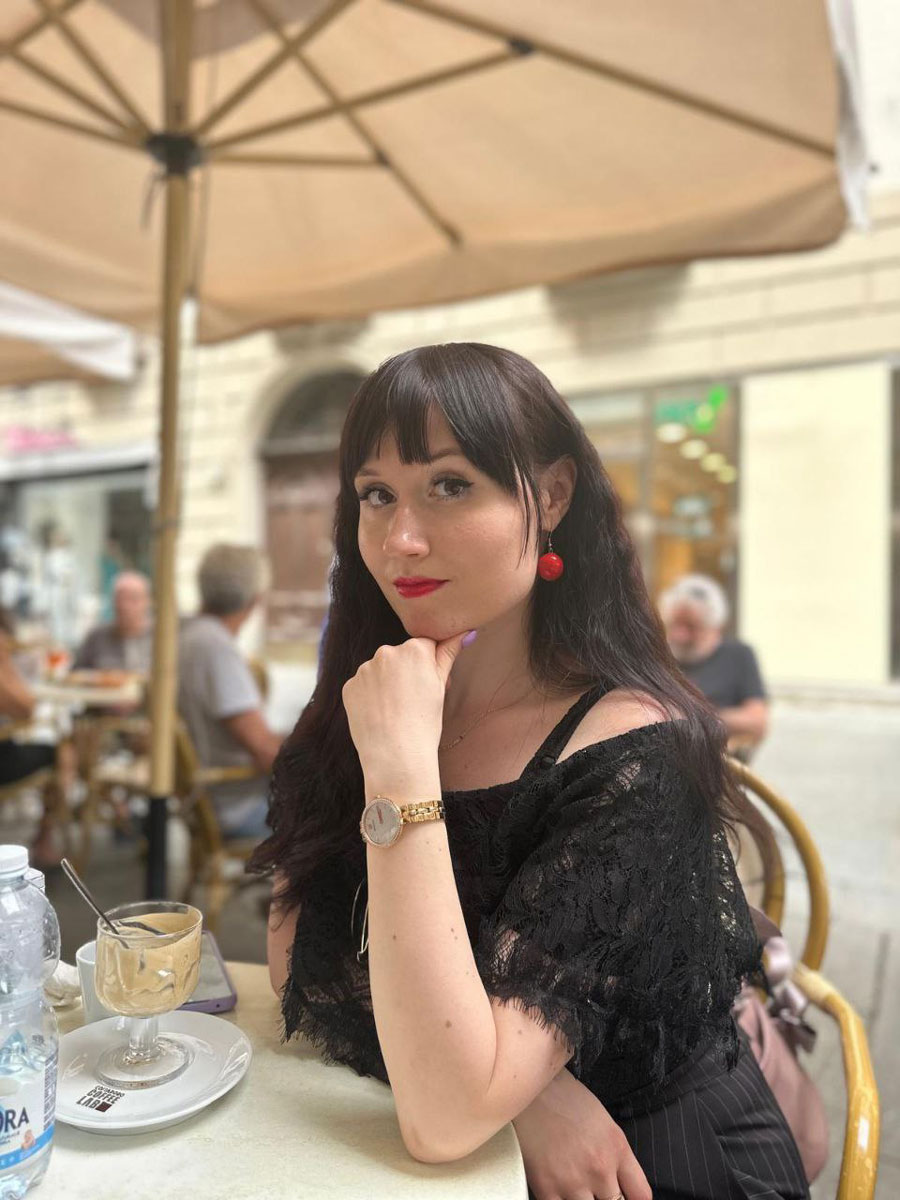
The world that pulsates outside the window is huge and interesting, made up of hundreds of stories. I want to hear and tell as many of them as possible. I subscribed to the New Yorker and decided that one day, after the war, I want to work there, to write amazing stories on an everyday basis. I added a few more books to my wishlist and decided to revive my French and start learning Spanish.
As Gandalf said in "The Lord of the Rings" – we don't choose the times we live in. We choose how we live in them.
